Maintaining optimal humidity levels is crucial for a comfortable and healthy living environment. A dehumidifier for home can significantly improve indoor air quality, prevent mold growth, and protect your belongings from moisture damage. Whether you live in a humid climate, have allergies, or simply want to ensure a fresher living space, investing in the right dehumidifier is essential. This comprehensive guide will explore the benefits, key features, top models, and expert tips to help you select the perfect dehumidifier for your home, ensuring you create a more comfortable and healthier living environment.
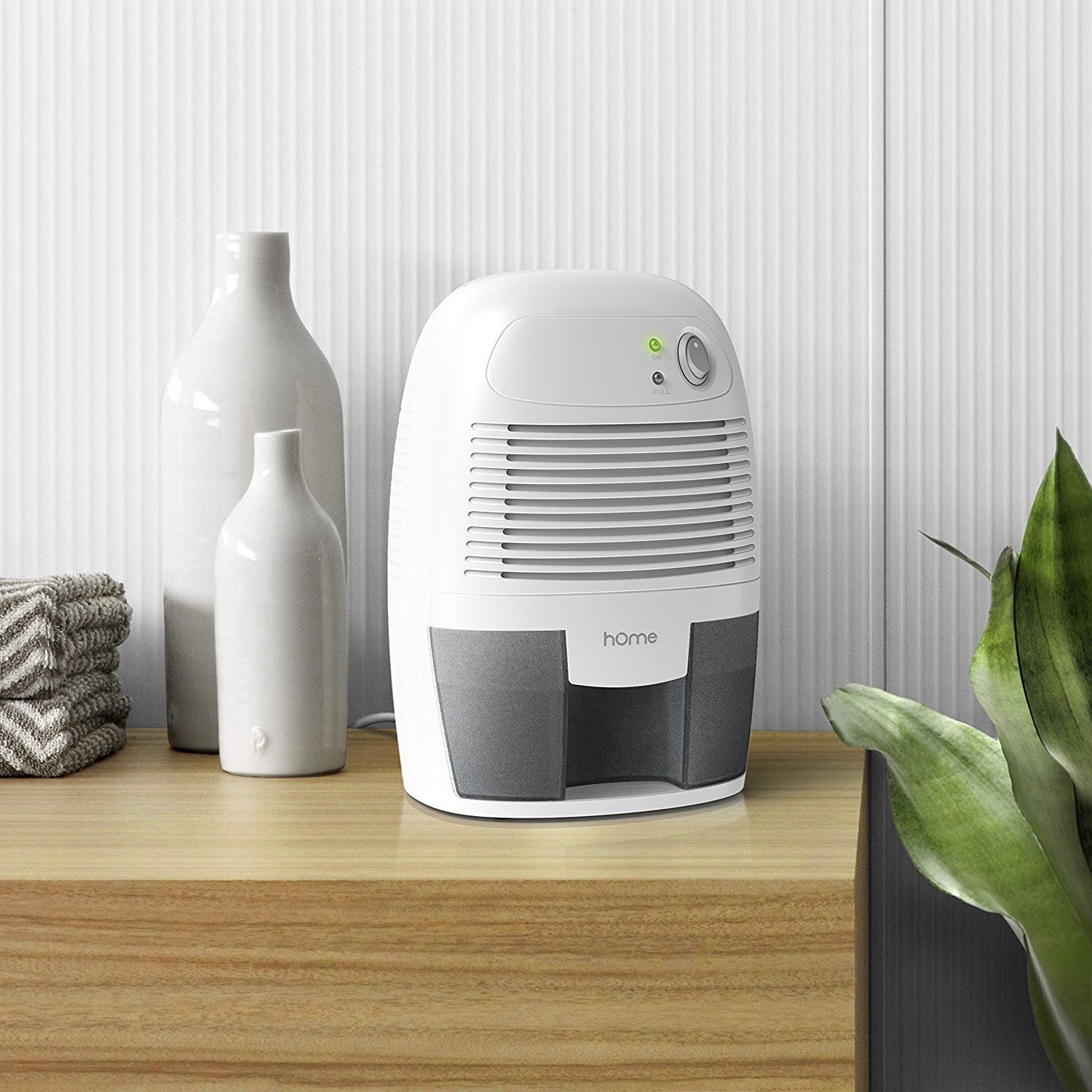 Top Home Dehumidifier Models on the Market
Top Home Dehumidifier Models on the Market
Model A: Frigidaire FFAD5033W1 – High-Capacity and Reliable
The Frigidaire FFAD5033W1 is a top-rated dehumidifier for home known for its high capacity and reliable performance. Featuring a 50-pint moisture removal capacity, it is ideal for large spaces such as basements and living rooms. Additionally, this model includes a digital humidistat, allowing precise control over humidity levels. Frigidaire’s FFAD5033W1 also boasts a built-in pump for continuous drainage, making it a convenient choice for those looking to reduce manual maintenance. Its sleek design and user-friendly interface make it a popular option among consumers seeking efficiency and effectiveness in moisture control.
Model B: hOmeLabs HME020031N – Energy-Efficient and Quiet Operation
The hOmeLabs HME020031N is an excellent choice for those prioritizing energy efficiency and quiet operation. This model is Energy Star certified, ensuring low energy consumption and a reduced environmental impact. With a 50-pint capacity, it effectively manages humidity in medium to large rooms. Additionally, the hOmeLabs dehumidifier operates at a whisper-quiet level, making it suitable for use in bedrooms and other quiet areas. The digital display and intuitive controls simplify operation, while the automatic shut-off feature provides added safety and convenience.
Model C: Vremi 50 Pint – Stylish Design and Advanced Features
The Vremi 50 Pint dehumidifier combines style with functionality, making it a standout dehumidifier for home option. Featuring a modern design, it complements any home décor while delivering powerful moisture removal. With a 50-pint capacity, it is suitable for large rooms and open spaces. The Vremi model includes a built-in humidistat, allowing you to set and maintain your desired humidity levels effortlessly. Additionally, it offers continuous drainage options, programmable timers, and an easy-to-clean filter, ensuring a hassle-free laundry experience. Its quiet operation and energy-efficient performance make it a versatile and reliable choice for maintaining a comfortable home environment.
Model D: TOSOT 50 Pint Dehumidifier – Compact and Portable
The TOSOT 50 Pint Dehumidifier is perfect for those who need a compact yet powerful moisture control solution. This model offers a 50-pint capacity, suitable for controlling humidity in medium to large spaces. Its compact design allows for easy placement in various rooms without taking up excessive space. The TOSOT dehumidifier features a programmable humidistat, timer, and continuous drainage option, enhancing its functionality and convenience. Additionally, it operates quietly, making it ideal for use in living rooms, bedrooms, and home offices. The modern aesthetic and efficient performance make the TOSOT 50 Pint an excellent addition to any home.
Model E: Keystone KSTAD50B – Budget-Friendly and Efficient
The Keystone KSTAD50B is a budget-friendly dehumidifier for home that does not compromise on efficiency and performance. With a 50-pint capacity, it is well-suited for large spaces such as basements, living rooms, and laundry rooms. The Keystone KSTAD50B features an easy-to-use digital display, adjustable humidistat, and automatic shut-off function, ensuring user-friendly operation. Additionally, it includes a filter that can be easily removed and washed, promoting good air quality and machine longevity. For those seeking an affordable yet capable dehumidifier, the Keystone KSTAD50B offers excellent value and reliability.
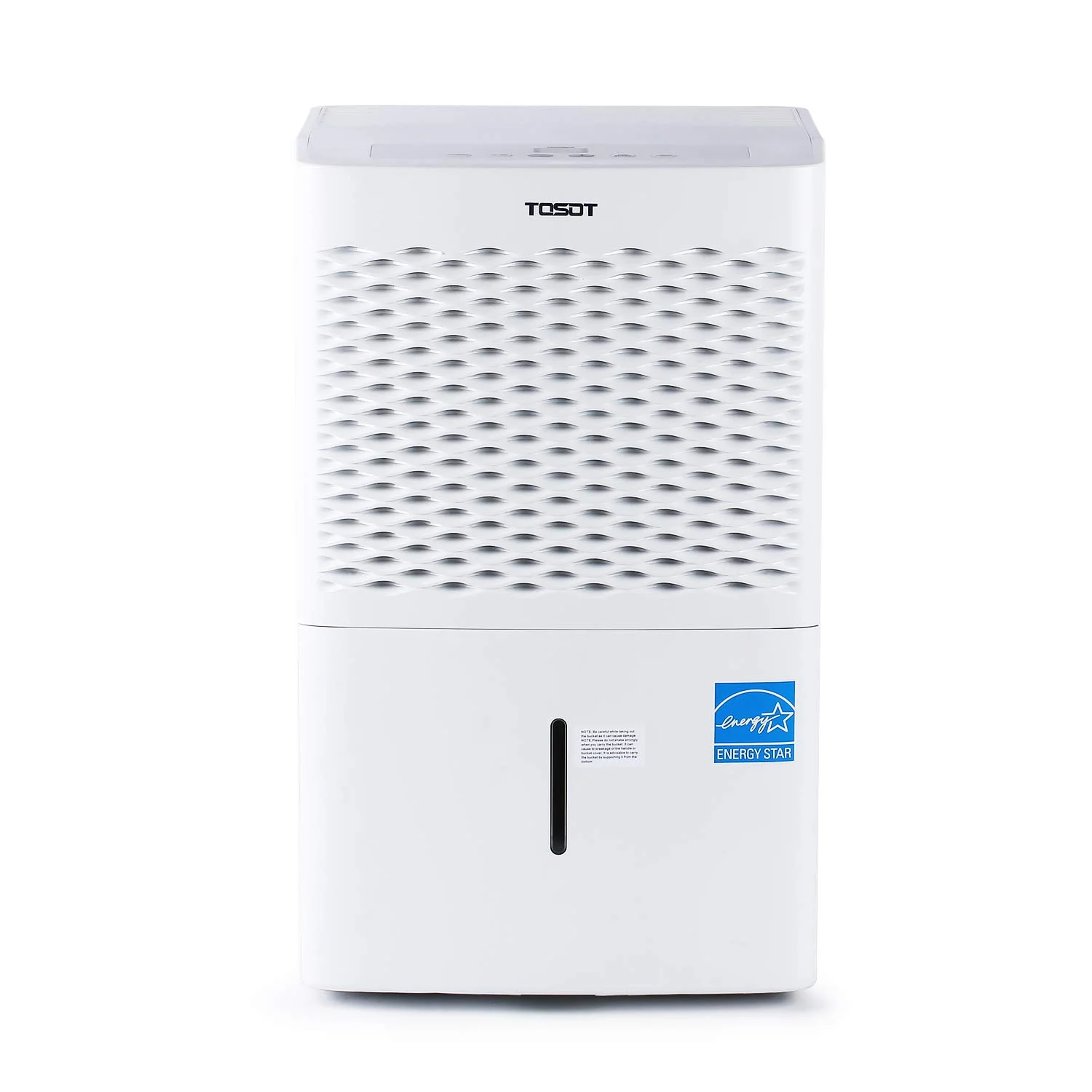 Practical Tips for Using a Home Dehumidifier
Practical Tips for Using a Home Dehumidifier
Optimal Placement and Setup
To maximize the efficiency of your dehumidifier for home, proper placement is essential. Position the unit in areas where moisture accumulation is most likely, such as basements, bathrooms, or laundry rooms. Ensure there is adequate space around the dehumidifier to allow for proper air circulation, typically leaving at least a few feet on all sides. Additionally, placing the dehumidifier in a central location can help it distribute dry air more evenly throughout the room. Avoid placing the unit near walls or furniture that may obstruct airflow, reducing its overall effectiveness.
Setting the Right Humidity Level
Setting the appropriate humidity level is key to achieving optimal comfort and health benefits. For most homes, a humidity level between 30% and 50% is ideal. Using the built-in humidistat, adjust the settings to maintain this range, ensuring that the air remains comfortable without becoming too dry or too moist. Monitor humidity levels regularly, especially during seasonal changes when moisture levels can fluctuate significantly. By maintaining the right humidity balance, you can prevent mold growth, reduce allergens, and create a more pleasant living environment.
Regular Maintenance and Cleaning
Ensuring that your dehumidifier for home remains in top working condition requires regular maintenance and cleaning. Start by emptying the water tank daily or setting up continuous drainage if your model supports it. Clean the water tank and any removable parts with mild detergent and warm water to prevent mold and mildew buildup. Furthermore, regularly inspect and replace the air filter as recommended by the manufacturer. Keeping the dehumidifier clean ensures its longevity and maintains its efficiency in moisture removal.
Efficient Use to Reduce Energy Consumption
Using your dehumidifier efficiently can help reduce energy consumption and lower utility bills. Consider running the dehumidifier during cooler parts of the day, such as early morning or late evening, when outdoor humidity levels are typically lower. Additionally, turn off the unit in rooms that are infrequently used to save energy. By strategically operating your dehumidifier, you can maintain optimal humidity levels without excessive energy usage, contributing to both environmental sustainability and cost savings.
Common Issues and Troubleshooting for Home Dehumidifier
Dehumidifier Not Turning On
If your dehumidifier fails to turn on, first check if it is properly plugged into a functioning power outlet. Ensure that the power switch is in the “on” position and that there are no tripped circuit breakers or blown fuses. Additionally, verify that the water tank is correctly installed, as some models have safety features that prevent operation without the tank in place. If the issue persists, consult the user manual or contact customer support for further assistance.
Ineffective Moisture Removal
An ineffective moisture removal might be due to several factors. First, ensure that the dehumidifier is appropriately sized for the room it is operating in; an undersized unit will struggle to manage humidity in large spaces. Additionally, check that the humidistat is set correctly and that the desired humidity level is realistic for the environment. Furthermore, ensure that there are no obstructions around the unit that could impede airflow, reducing its efficiency. If these adjustments do not resolve the issue, consider seeking professional maintenance or evaluating the machine’s overall condition.
Persistent Mold and Mildew
If mold and mildew persist despite using a dehumidifier, reassess the room’s environmental conditions and the placement of the unit. Ensure that the dehumidifier is capable of handling the room’s size and that it is positioned correctly to maximize moisture removal. Additionally, consider using mold prevention products in conjunction with the dehumidifier, such as mold-resistant paints or sealants. Moreover, regularly clean the affected areas to prevent mold from re-establishing itself and maintain consistent humidity levels.
Water Tank Leakage
Water tank leakage can occur if the tank is not properly sealed or if there is damage to the tank. Check that the tank is securely seated in the unit and that all seals and gaskets are intact. Inspect the tank for any signs of cracks or holes that could lead to leaks. Additionally, ensure that you do not overfill the tank beyond its capacity, as this can cause spillage and potential damage to flooring or nearby furniture. If leakage continues, replace the water tank or consult the manufacturer for repair options.
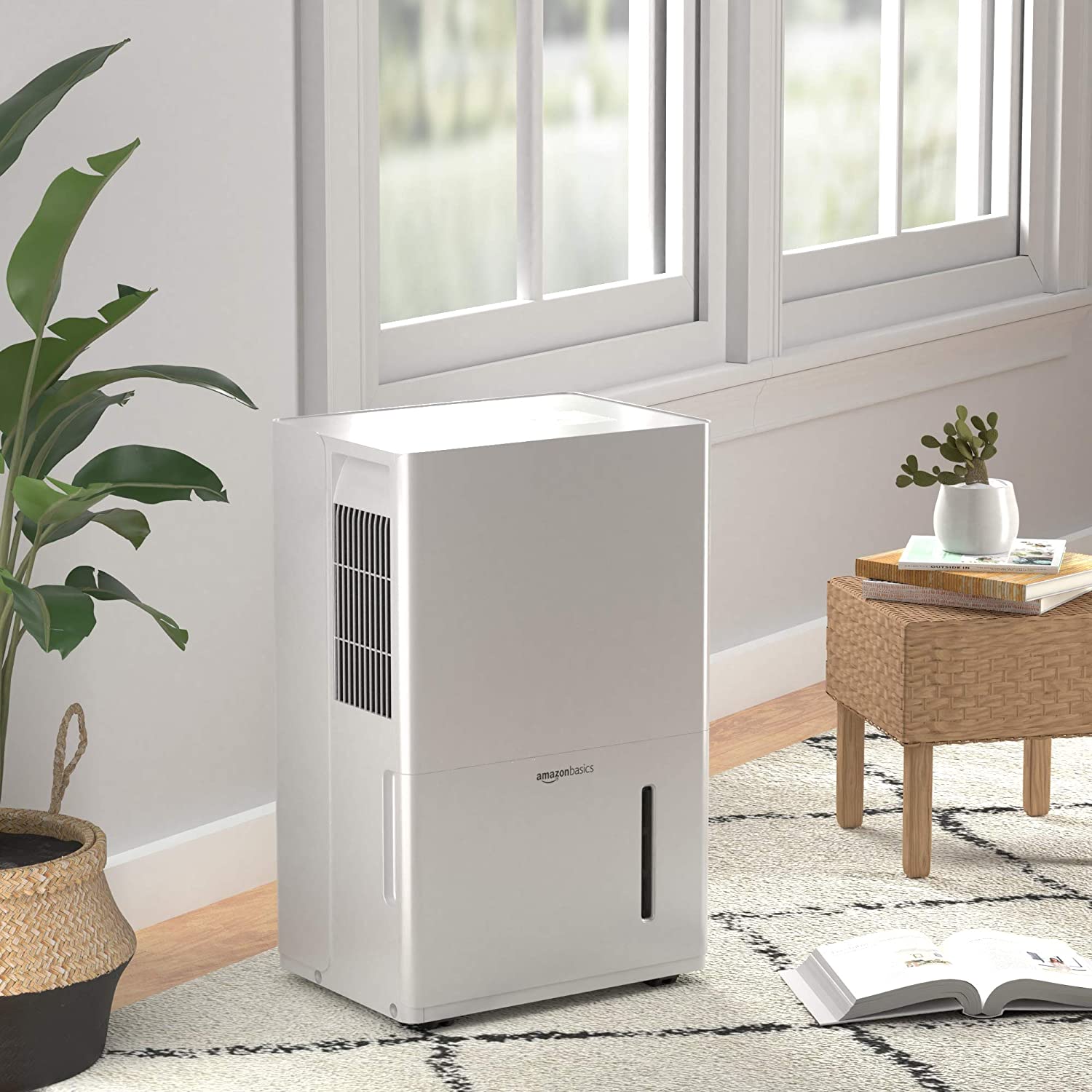 Tips for Maximizing the Efficiency of Your Home Dehumidifier
Tips for Maximizing the Efficiency of Your Home Dehumidifier
Organizing Your Living Space
Organizing your living space can significantly enhance the efficiency of your dehumidifier for home. Remove any clutter that might obstruct airflow around the unit, ensuring that air can circulate freely and moisture is effectively removed from the air. Additionally, positioning furniture away from the dehumidifier allows it to operate without hindrance, improving its overall performance. Furthermore, sealing windows and doors properly can prevent outside humidity from entering, making your dehumidifier’s job easier.
Using Complementary Solutions
Using complementary solutions can boost the effectiveness of your dehumidifier. Consider installing exhaust fans in high-moisture areas like bathrooms and kitchens to reduce overall humidity levels. Moreover, using moisture-absorbing products such as desiccant packs or silica gel in conjunction with your dehumidifier can help manage humidity more effectively in smaller spaces or confined areas. Additionally, maintaining a consistent temperature throughout your home can prevent condensation and reduce the workload on your dehumidifier.
Regular Monitoring and Adjustment
Regularly monitoring and adjusting your dehumidifier’s settings ensures that you maintain optimal humidity levels. Use a hygrometer to accurately measure the humidity in different rooms and adjust the dehumidifier’s settings accordingly. By monitoring the levels, you can make real-time adjustments to the unit’s operations, ensuring it runs efficiently and effectively. Moreover, periodic assessments of humidity levels help you identify and address any potential issues early on, maintaining a healthy and comfortable home environment.
Seasonal Adjustments
Humidity levels can fluctuate with the changing seasons, so it’s important to adjust your dehumidifier’s settings accordingly. During the summer months, higher humidity levels may require your dehumidifier to operate more frequently or at higher settings. Conversely, in the winter, lower external humidity may allow you to reduce the unit’s workload to prevent over-drying the air. Adjusting the dehumidifier’s settings to align with seasonal changes ensures consistent performance and maximum energy efficiency throughout the year.
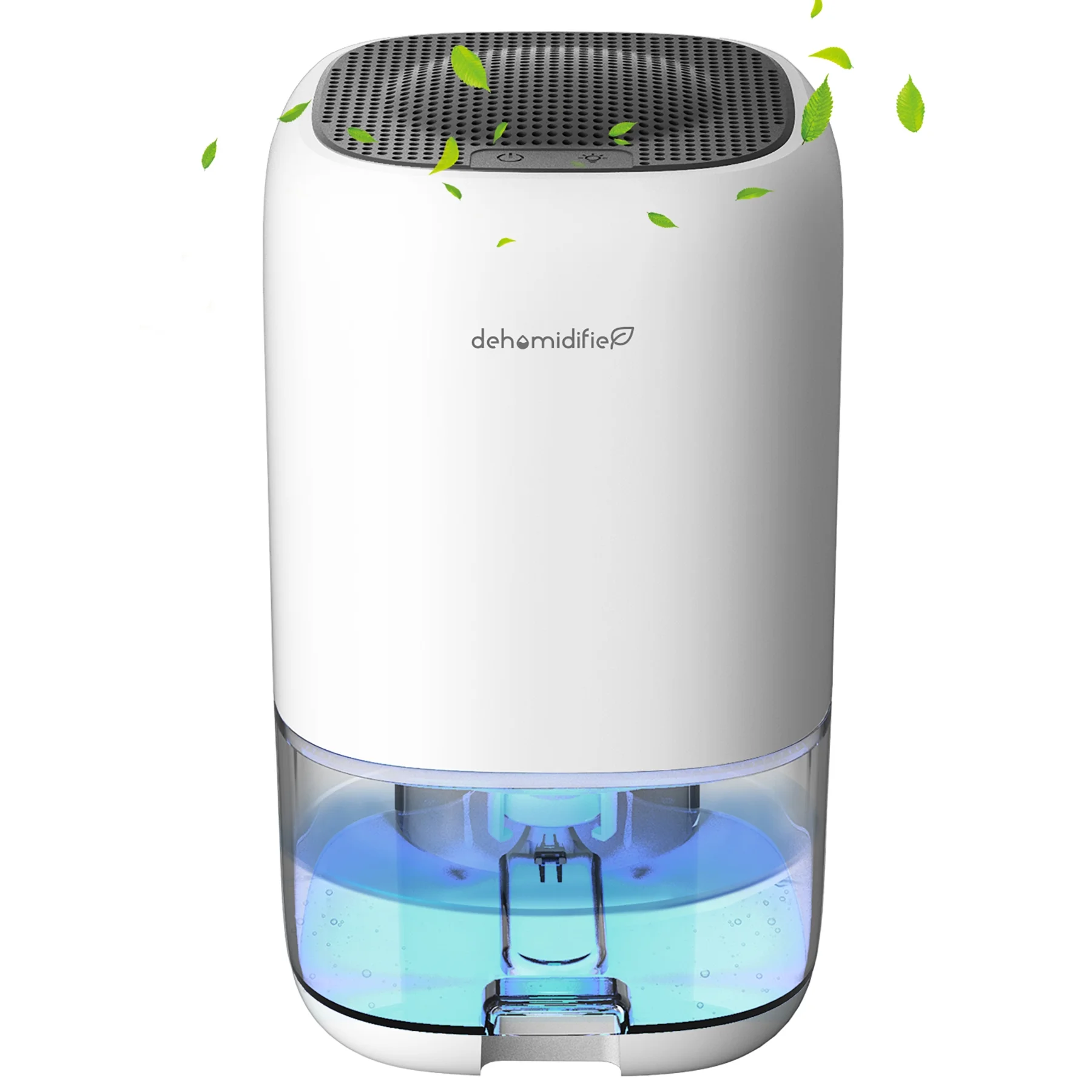 Expert Advice on Choosing the Best Home Dehumidifier
Expert Advice on Choosing the Best Home Dehumidifier
Insights from HVAC Professionals
HVAC professionals recommend assessing the specific needs of each room when selecting a dehumidifier for home use. They suggest measuring the room size, understanding the typical humidity levels, and identifying areas prone to moisture accumulation. Furthermore, professionals advise choosing dehumidifiers with adjustable settings and multiple modes to cater to different environments and usage scenarios. By following these expert insights, you can ensure that the dehumidifier you choose provides optimal performance and longevity.
Tips from Health Experts
Health experts emphasize the importance of maintaining balanced humidity levels to prevent respiratory issues and allergies. They advocate for using a dehumidifier in conjunction with other air quality improvements, such as air purifiers and proper ventilation. Additionally, health specialists highlight the role of dehumidifiers in mitigating the growth of harmful bacteria and viruses in damp environments, contributing to a healthier living space. Incorporating health-focused practices enhances the overall benefits of using a dehumidifier for home.
Recommendations from Consumer Reviews
Consumer reviews often reveal valuable insights into the performance and reliability of different dehumidifier for home models. Users frequently praise brands that offer quiet operation, energy efficiency, and user-friendly controls. Additionally, positive feedback often highlights the durability and effectiveness of the units in reducing humidity quickly and efficiently. By considering these real-world experiences, you can make a more informed decision based on the collective satisfaction of other consumers.
Future Trends in Dehumidifier Technology
Smart and Connected Features
Looking forward, dehumidifier technology is set to embrace smart and connected features, enhancing usability and functionality. Future models may include integration with home automation systems, allowing users to control and monitor their dehumidifiers via smartphone apps or voice commands. Additionally, advanced sensors and machine learning algorithms could enable dehumidifiers to automatically adjust settings based on real-time humidity levels and user preferences, providing a more seamless and efficient experience.
Improved Energy Efficiency
Advancements in technology will continue to drive improvements in the energy efficiency of dehumidifiers. Developers are focusing on creating more efficient compressors, variable speed fans, and smarter control systems that optimize energy usage while maintaining high performance. These improvements will make dehumidifiers even more environmentally friendly and cost-effective, appealing to energy-conscious consumers and reducing overall household energy consumption.
Enhanced Design and Portability
Future dehumidifier designs will likely emphasize enhanced portability and aesthetic appeal. Manufacturers are creating more compact and lightweight models that blend seamlessly into home décor without being obtrusive. Additionally, portable and modular designs will allow users to easily relocate and expand their dehumidification systems as needed, providing greater flexibility in managing humidity across different areas of the home.
Multi-Functional Appliances
Another emerging trend is the development of multi-functional appliances that combine dehumidification with other features such as air purification, refrigeration, or heating. These all-in-one solutions offer increased value and convenience, allowing users to address multiple indoor air quality concerns with a single device. By integrating various functionalities, manufacturers are meeting the evolving needs of modern households seeking efficient and space-saving appliances.
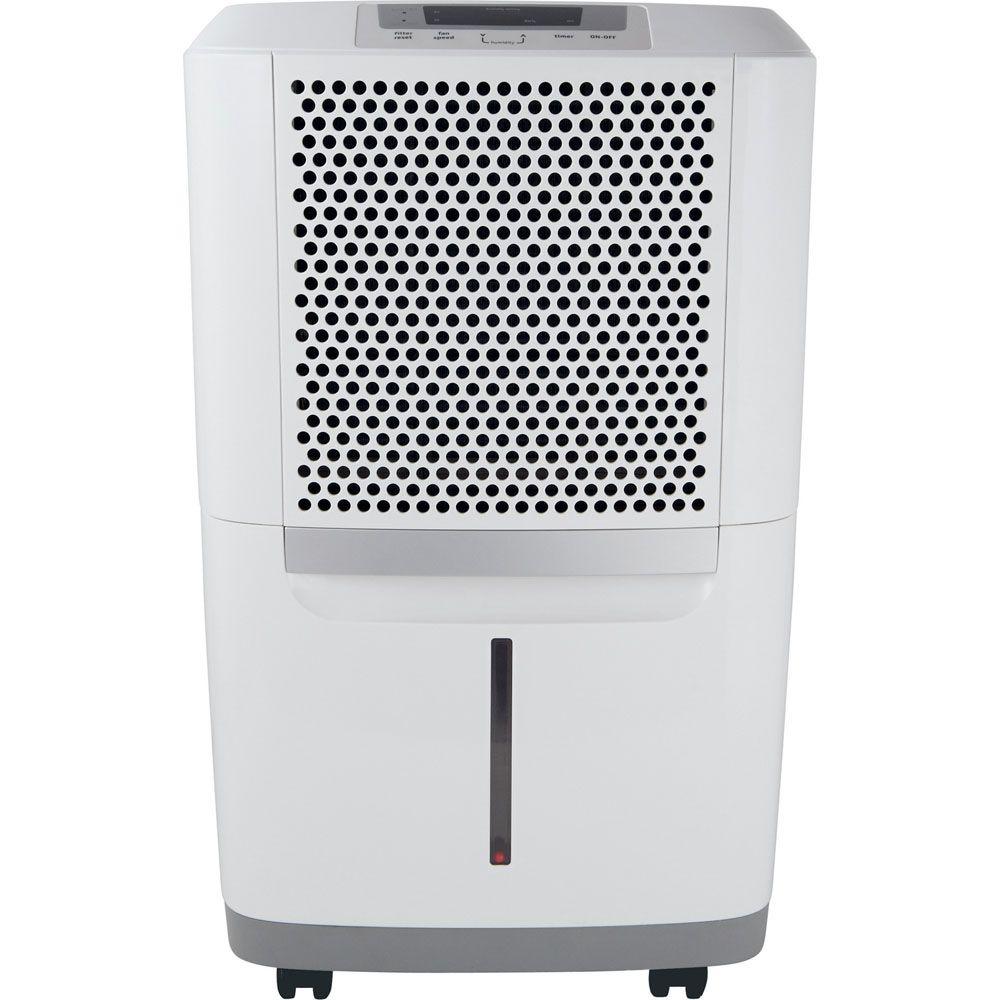 Conclusion
Conclusion
Investing in a dehumidifier for home offers numerous benefits, from enhancing air quality and preventing mold growth to protecting your belongings and improving overall comfort. By carefully considering the key features, such as capacity, energy efficiency, noise level, portability, and advanced functionalities, you can select the ideal dehumidifier to meet your specific needs. Moreover, following expert tips on placement, maintenance, and efficient use ensures that your dehumidifier operates effectively and lasts for years to come. Ultimately, a well-chosen dehumidifier not only enhances your living environment but also contributes to the health and well-being of your household. All in all, embracing the right dehumidifier for home maintenance is a smart investment that elevates the comfort, safety, and quality of your living space, making it a worthwhile addition to any modern home.

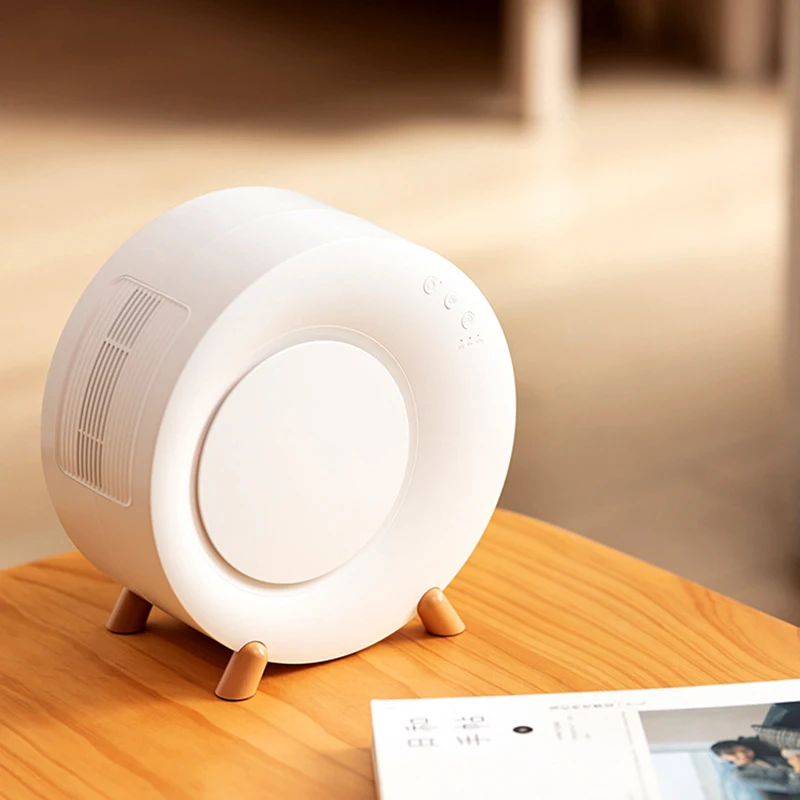
 Understanding Dehumidifiers and Their Noisiness
Understanding Dehumidifiers and Their Noisiness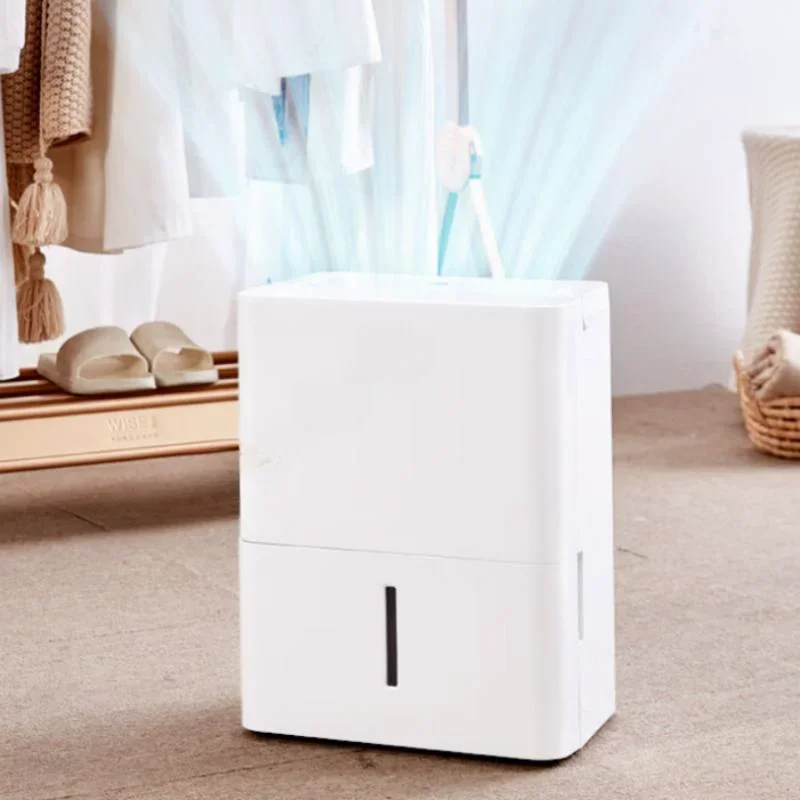 Key Features of Quiet Dehumidifiers
Key Features of Quiet Dehumidifiers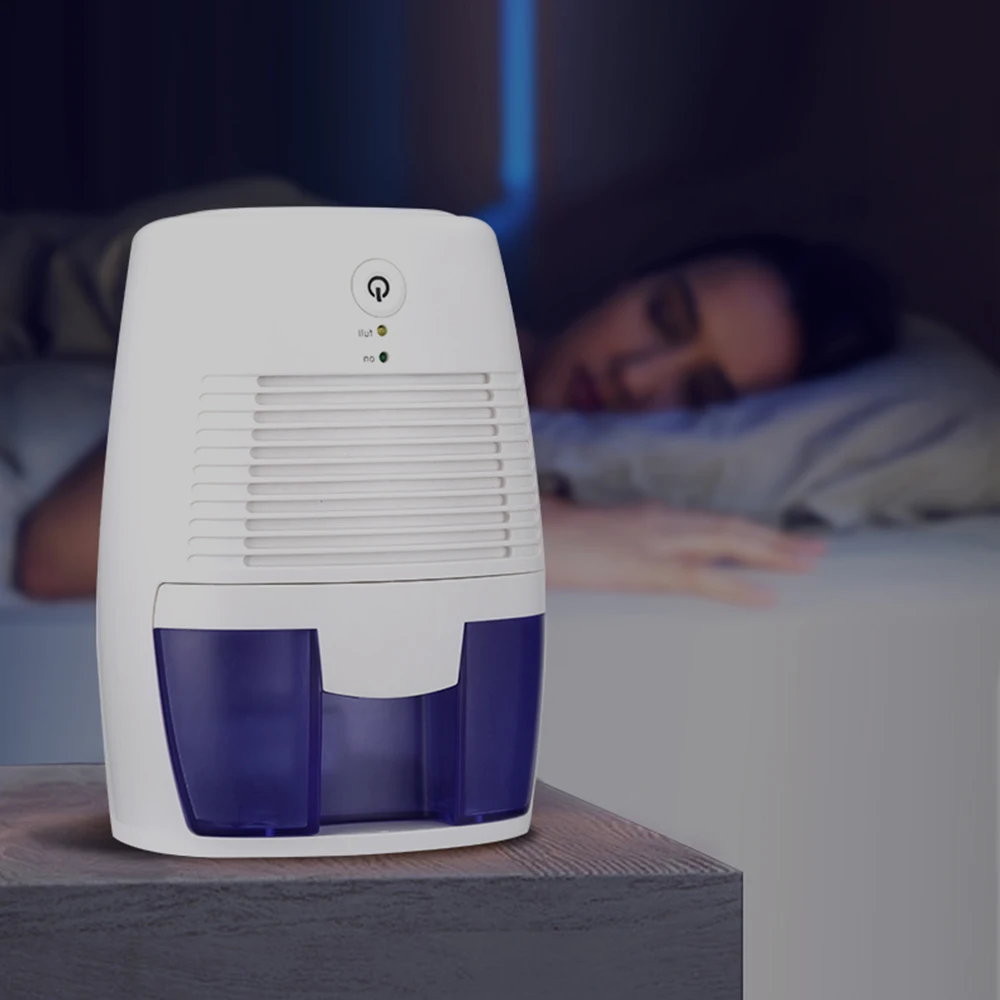 Choosing the Right Quiet Dehumidifier for Your Home
Choosing the Right Quiet Dehumidifier for Your Home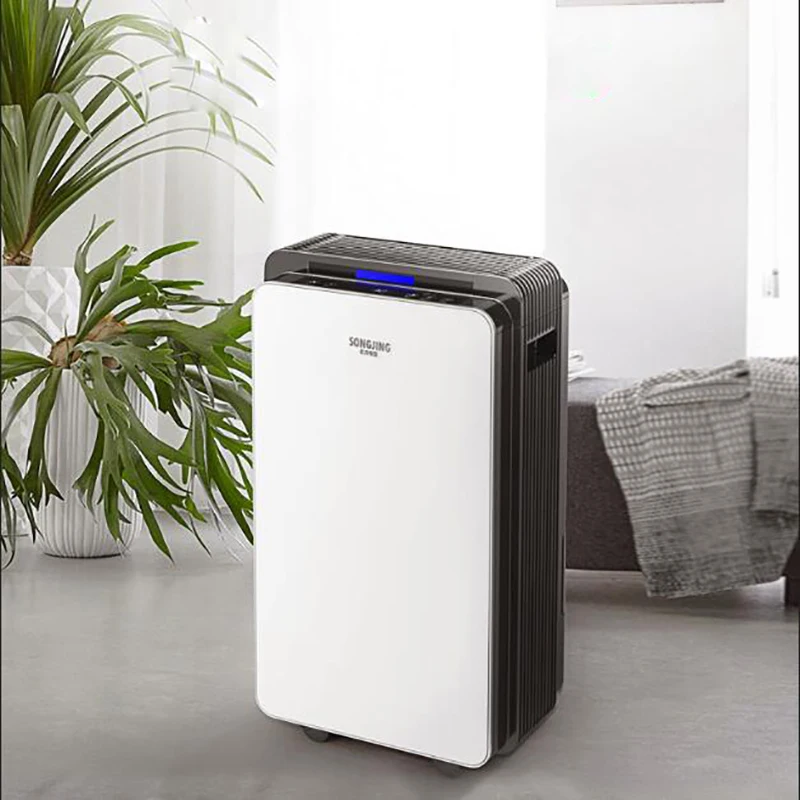 Maintenance Tips for Dehumidifiers
Maintenance Tips for Dehumidifiers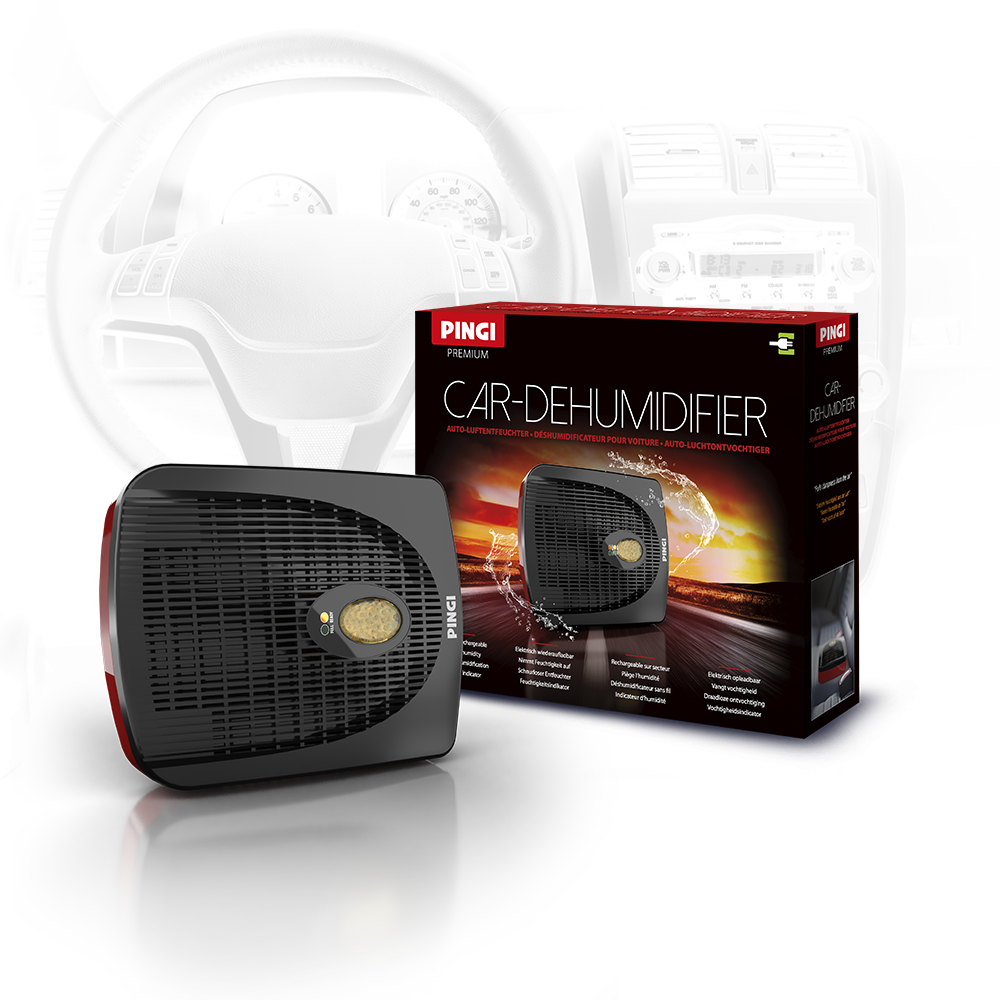
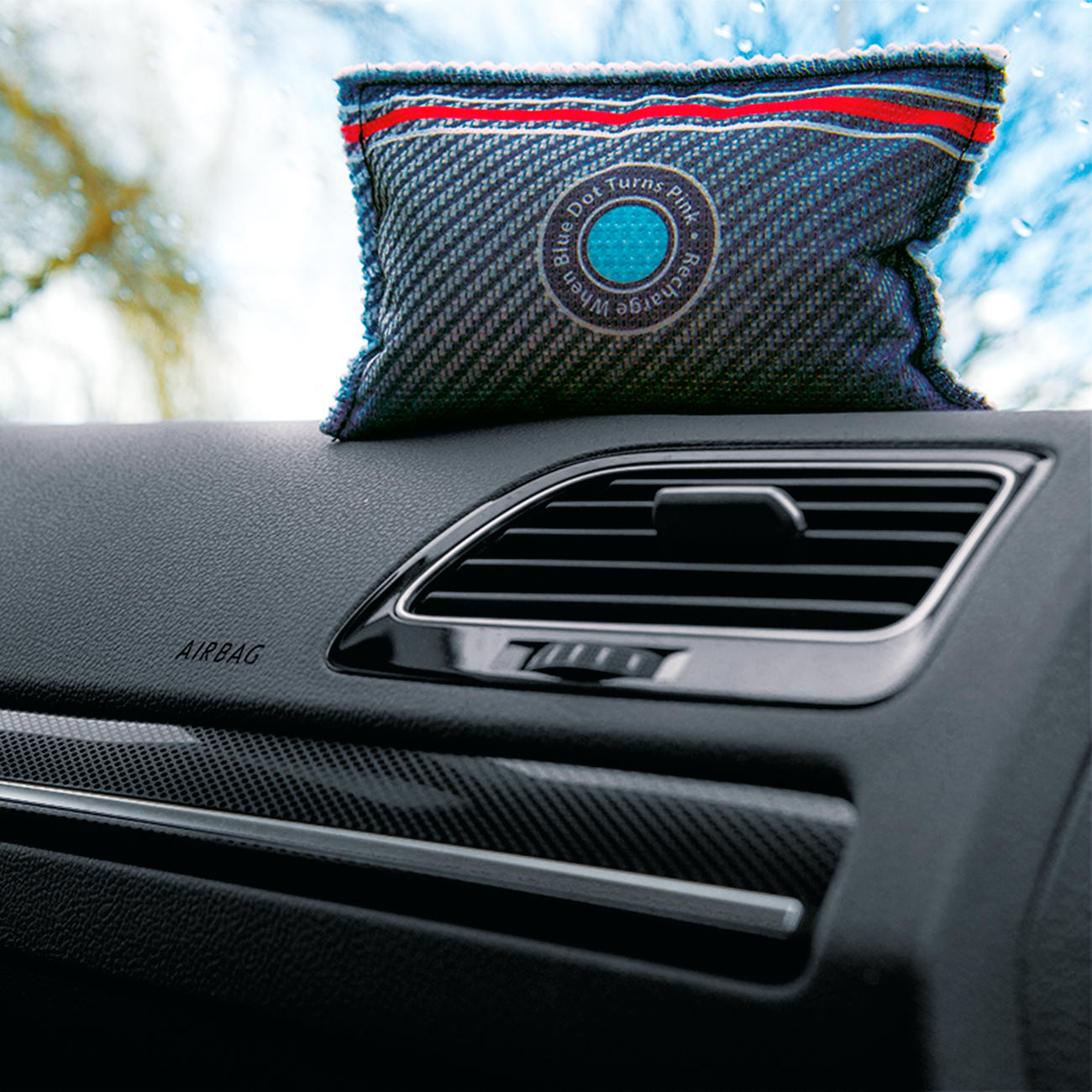 Do Dehumidifiers for Car Work? An In-Depth Analysis
Do Dehumidifiers for Car Work? An In-Depth Analysis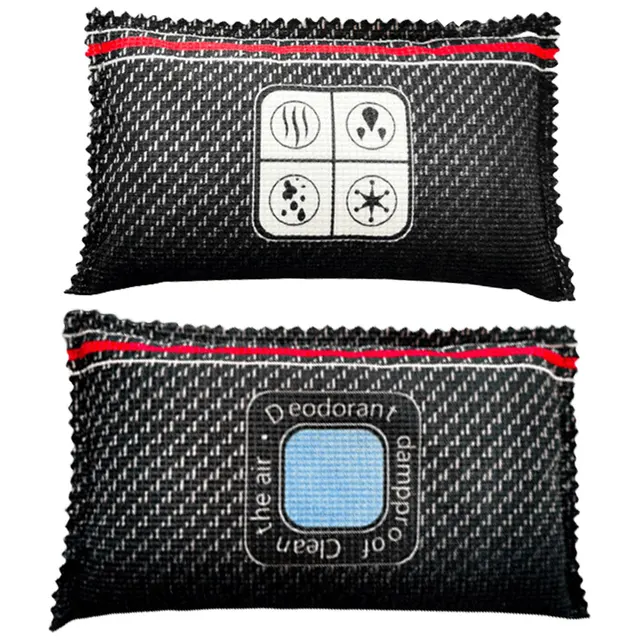 Choosing the Right Dehumidifier for Car
Choosing the Right Dehumidifier for Car How to Effectively Use a Dehumidifier for Car
How to Effectively Use a Dehumidifier for Car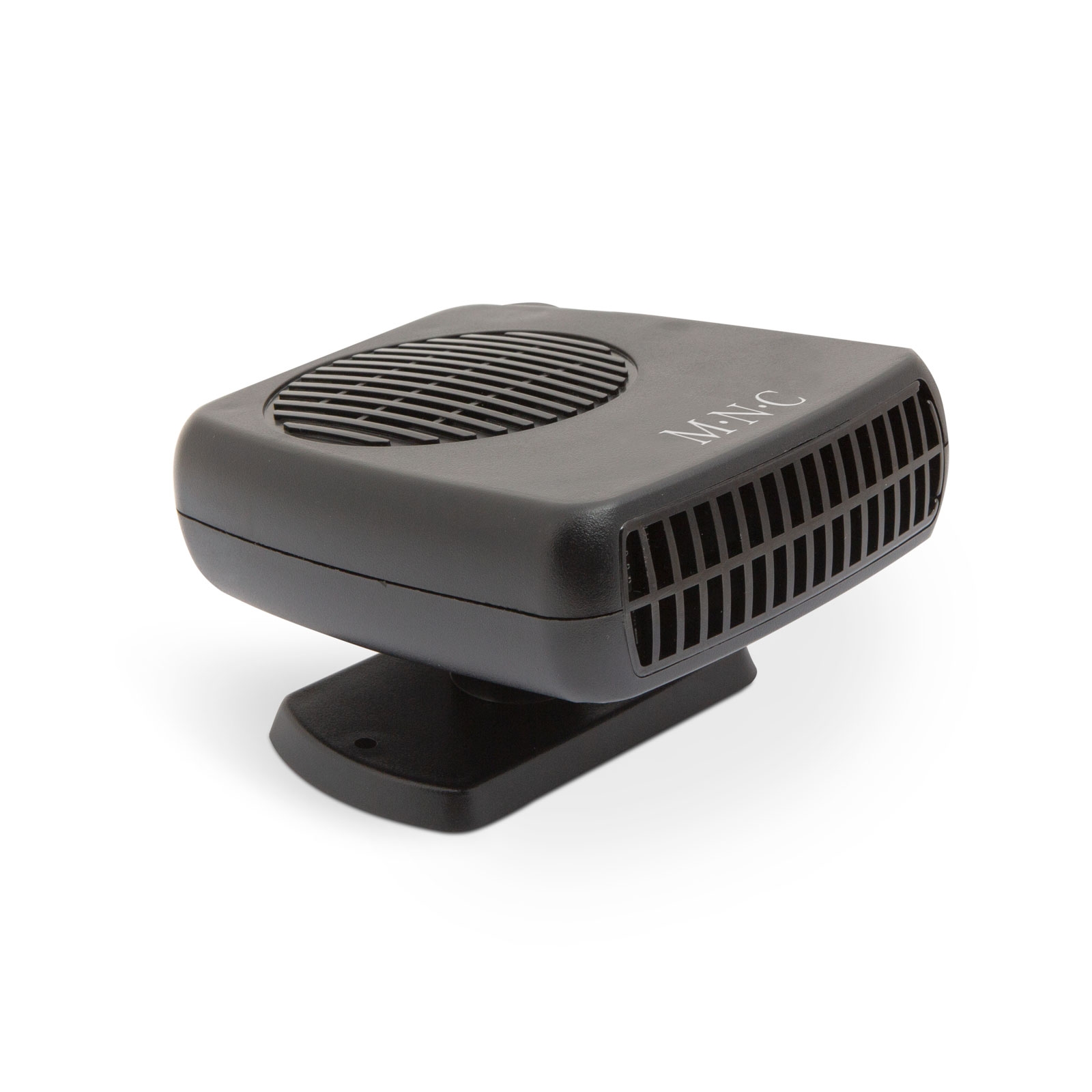 Common Myths About Dehumidifier for Car
Common Myths About Dehumidifier for Car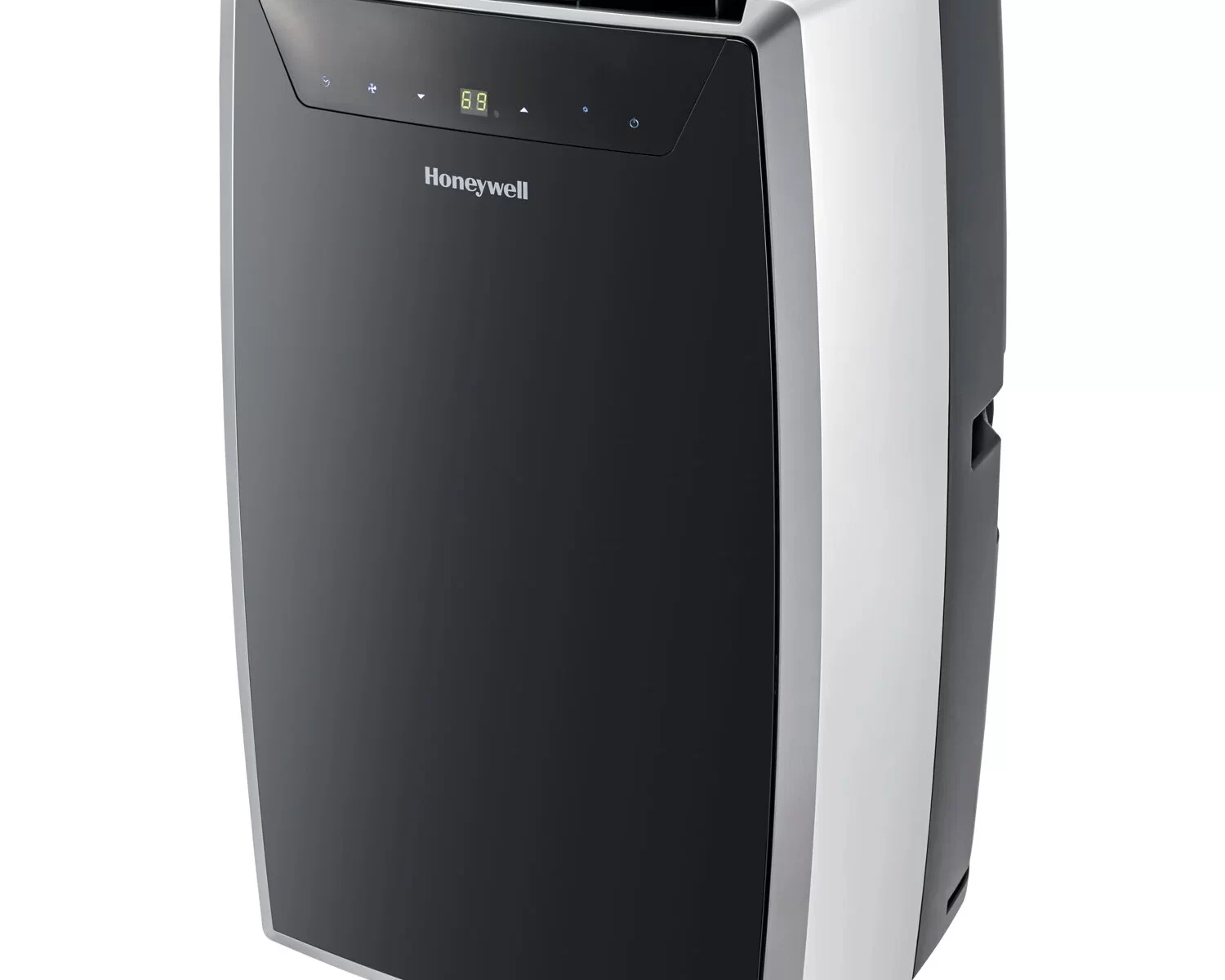
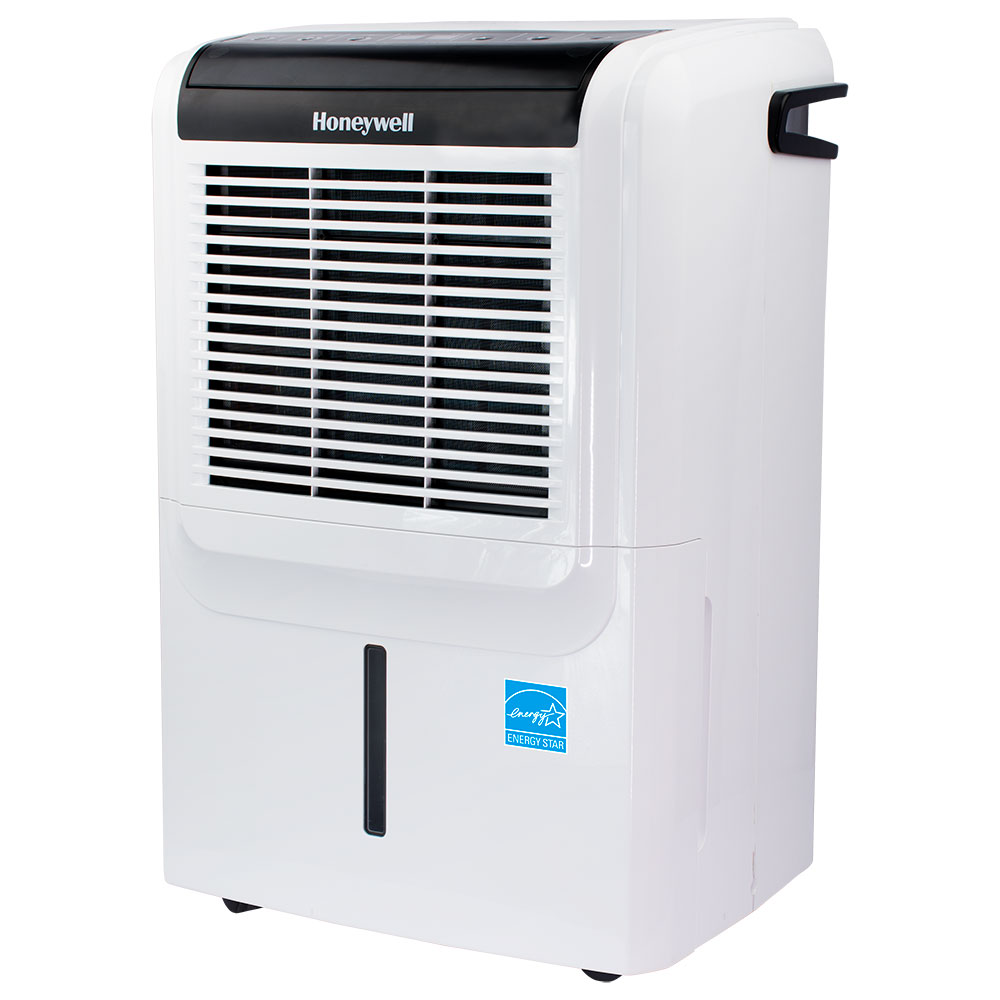 Understanding Portable Mini Dehumidifiers
Understanding Portable Mini Dehumidifiers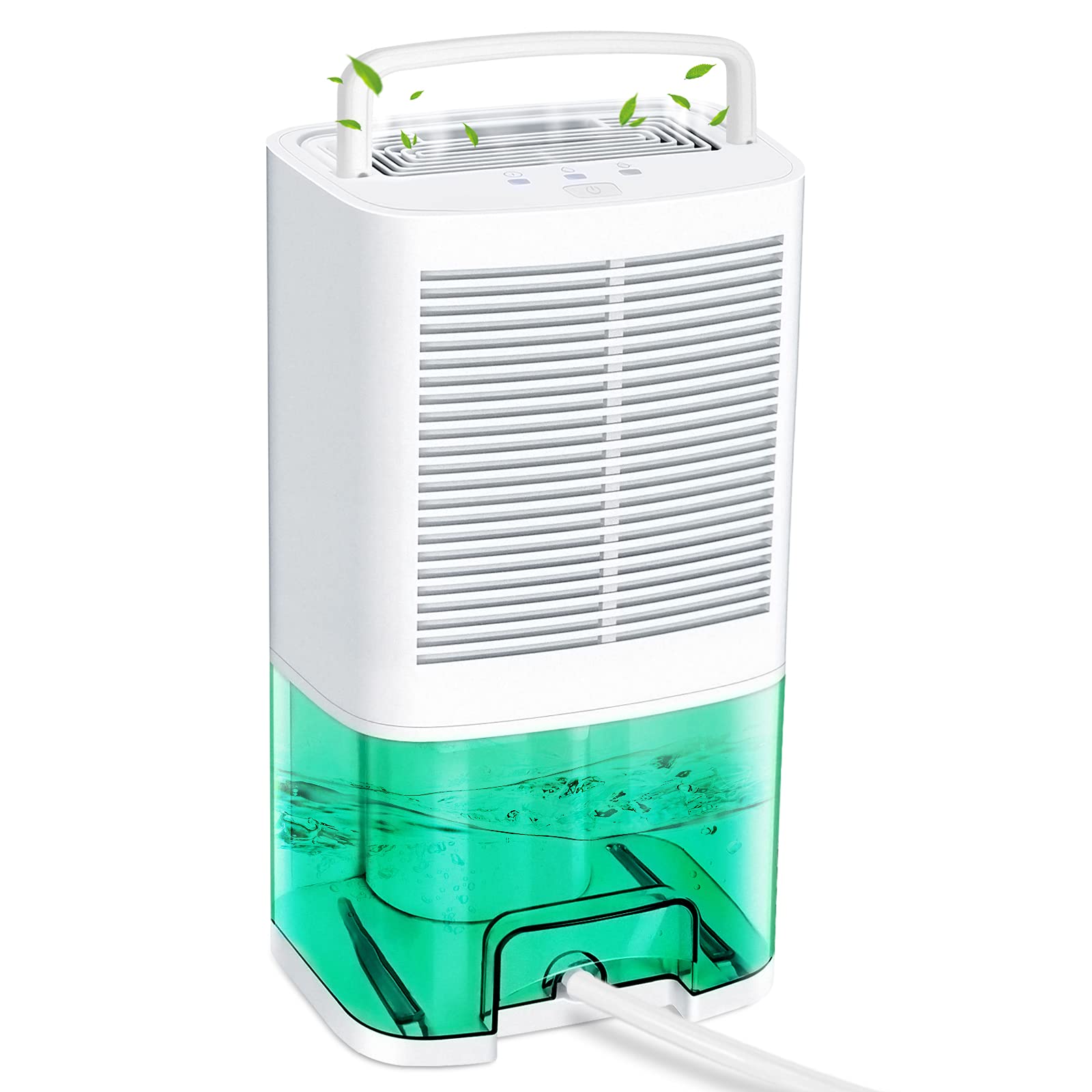 Factors Determining a Portable Mini Dehumidifier’s Effectiveness for a Whole House
Factors Determining a Portable Mini Dehumidifier’s Effectiveness for a Whole House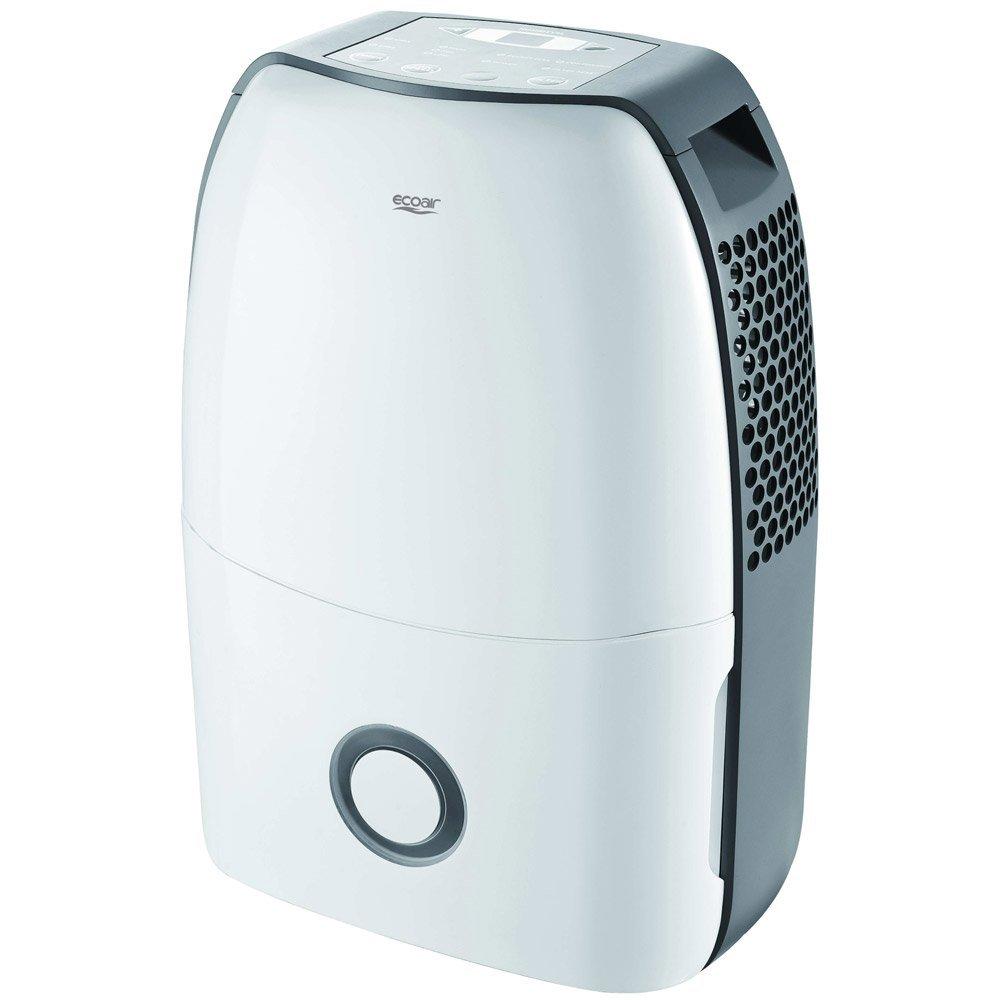 Alternatives to Portable Mini Dehumidifiers for Whole-House Humidity Control
Alternatives to Portable Mini Dehumidifiers for Whole-House Humidity Control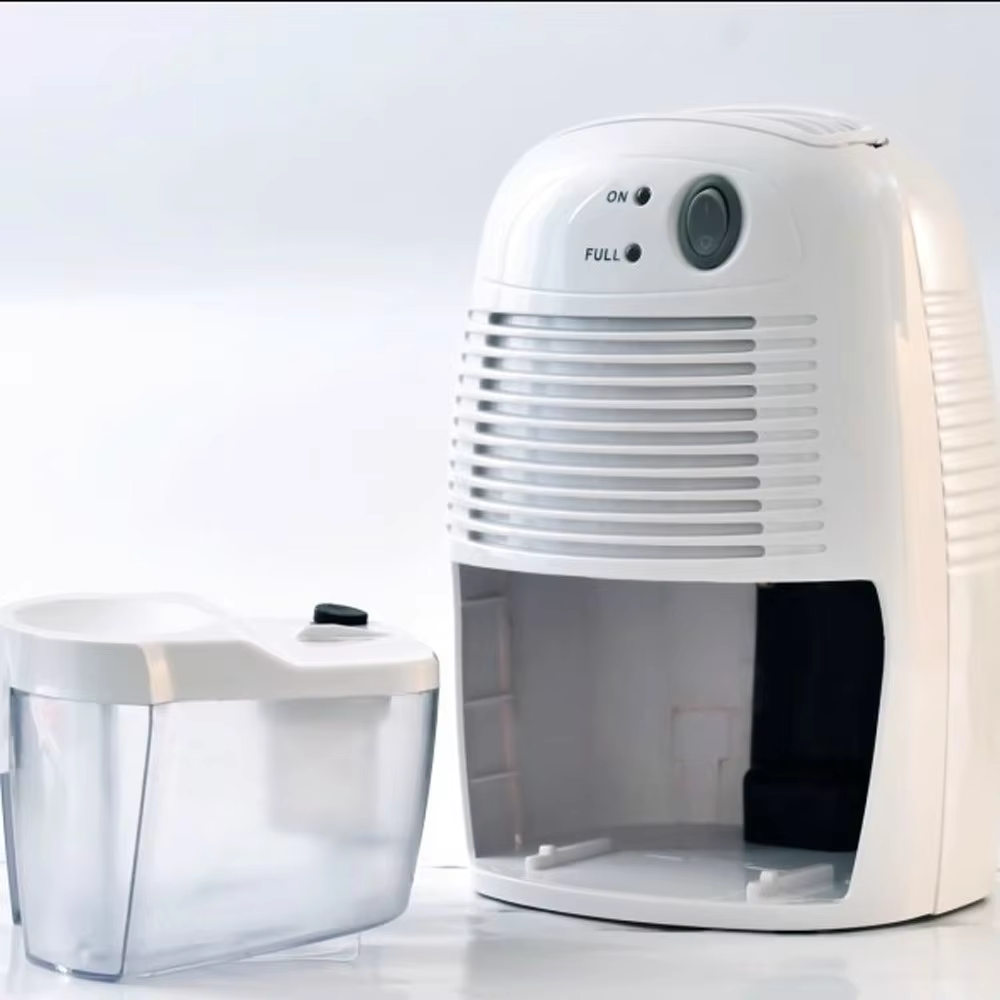 Tips for Choosing the Right Portable Mini Dehumidifier for Your Home
Tips for Choosing the Right Portable Mini Dehumidifier for Your Home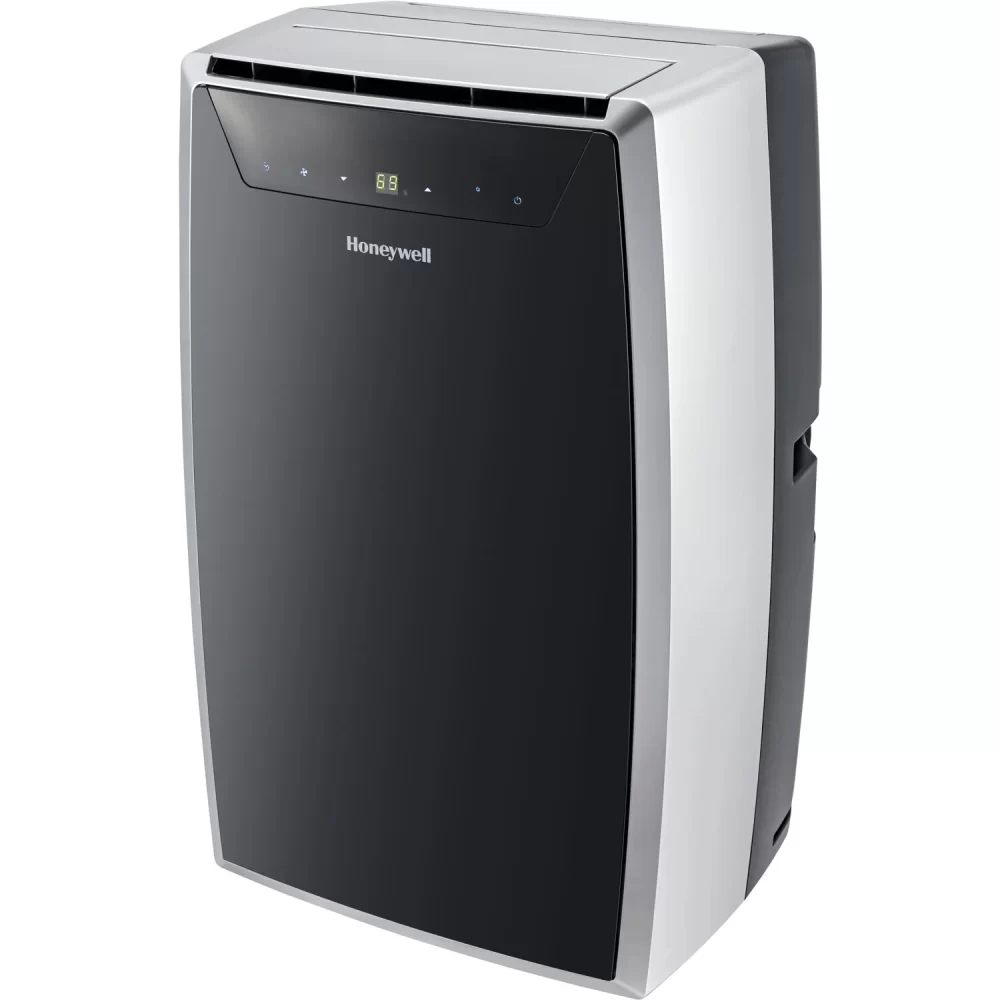 Conclusion
Conclusion
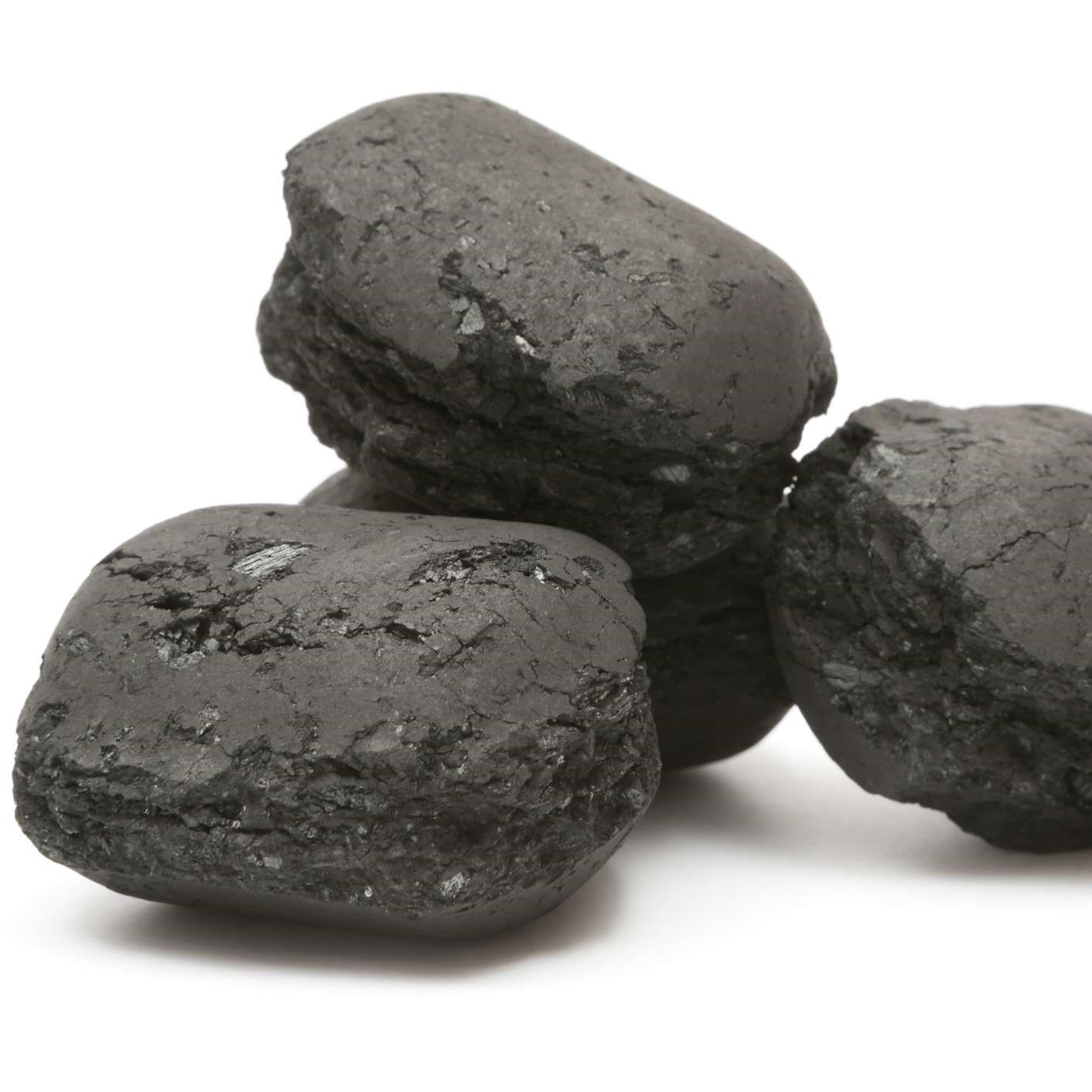 Why Choose a DIY Dehumidifier?
Why Choose a DIY Dehumidifier?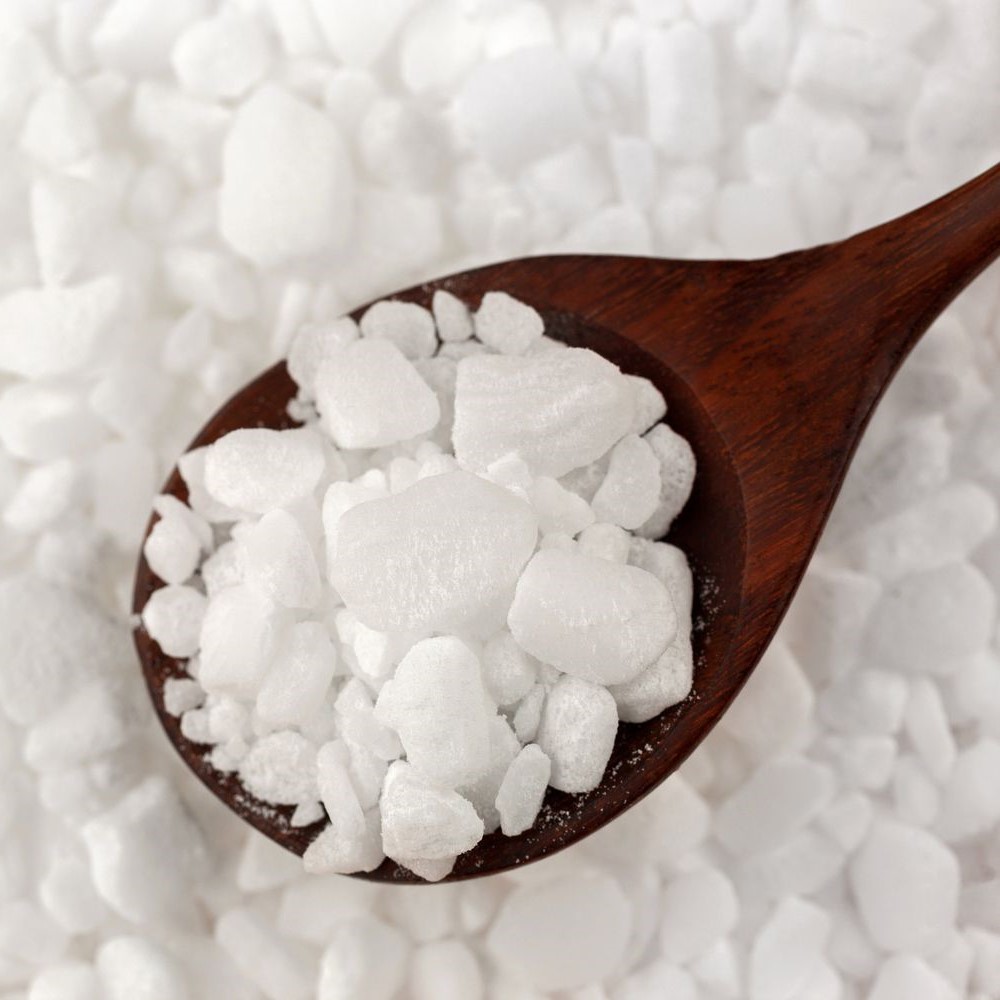 Dehumidifier DIY Methods
Dehumidifier DIY Methods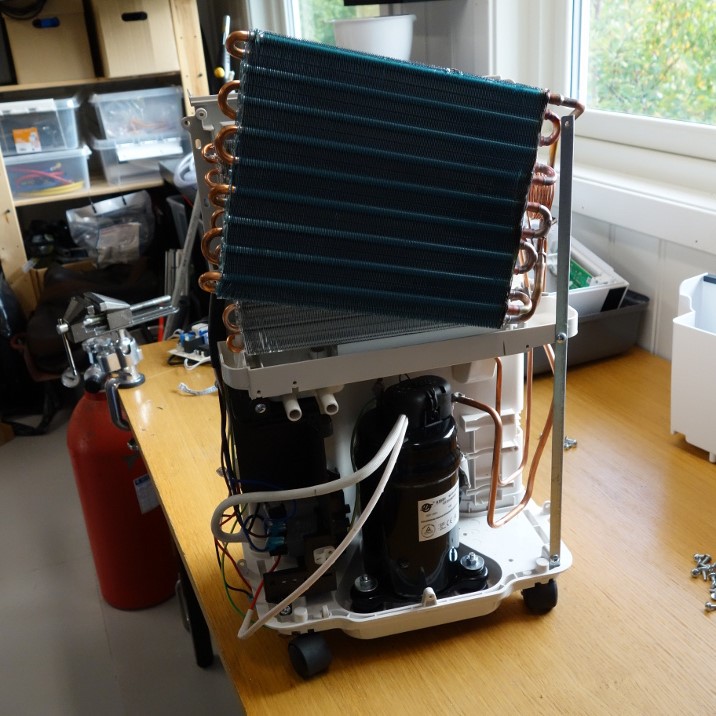 Advantages of Dehumidifiers DIY
Advantages of Dehumidifiers DIY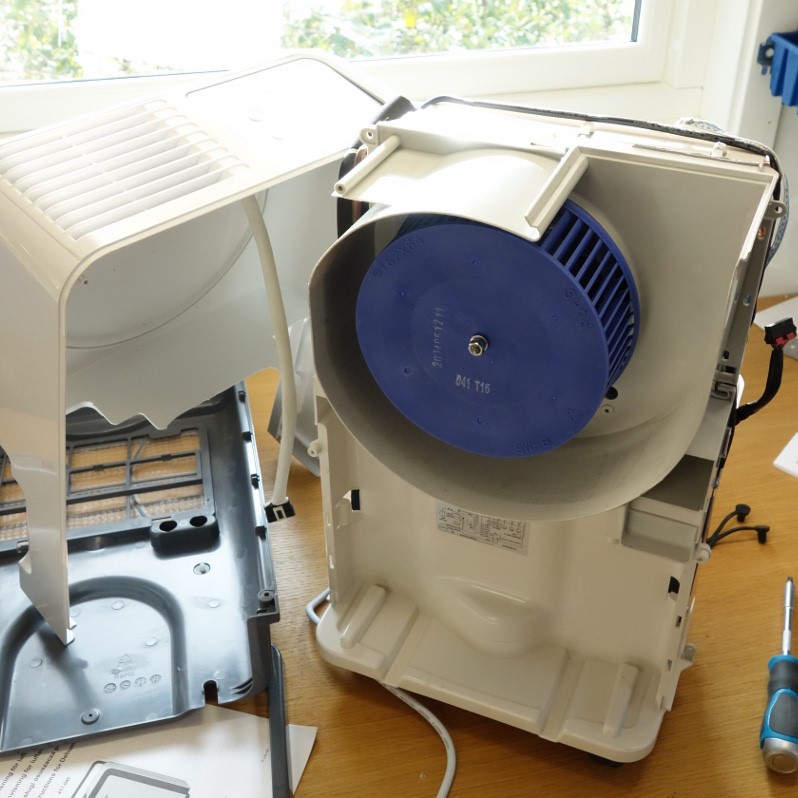 Safety Precautions for Dehumidifiers DIY
Safety Precautions for Dehumidifiers DIY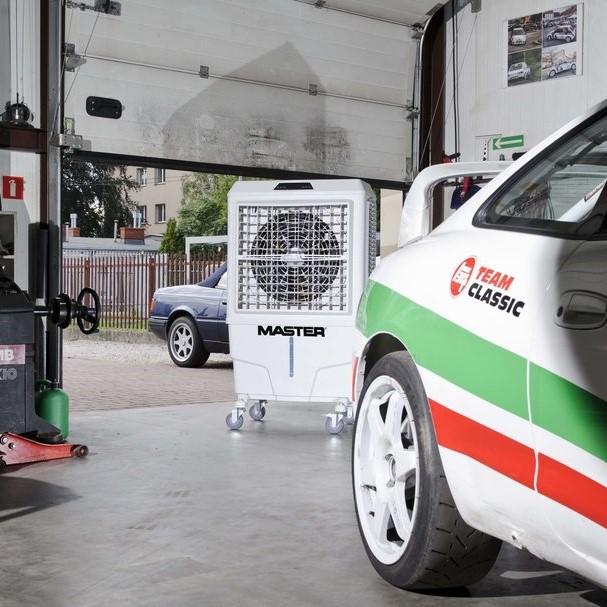
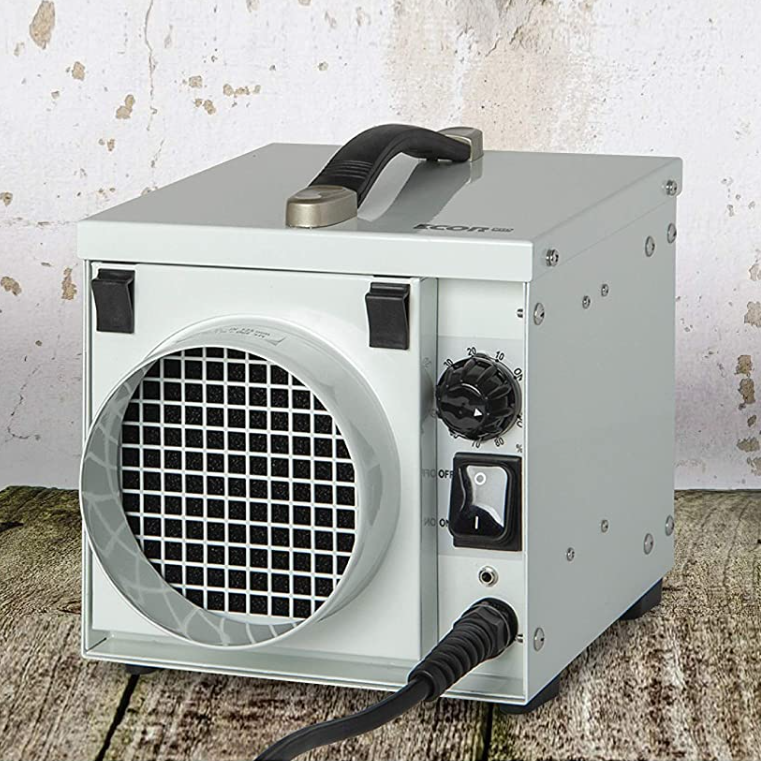 Understanding the Importance of a Dehumidifier for Garage
Understanding the Importance of a Dehumidifier for Garage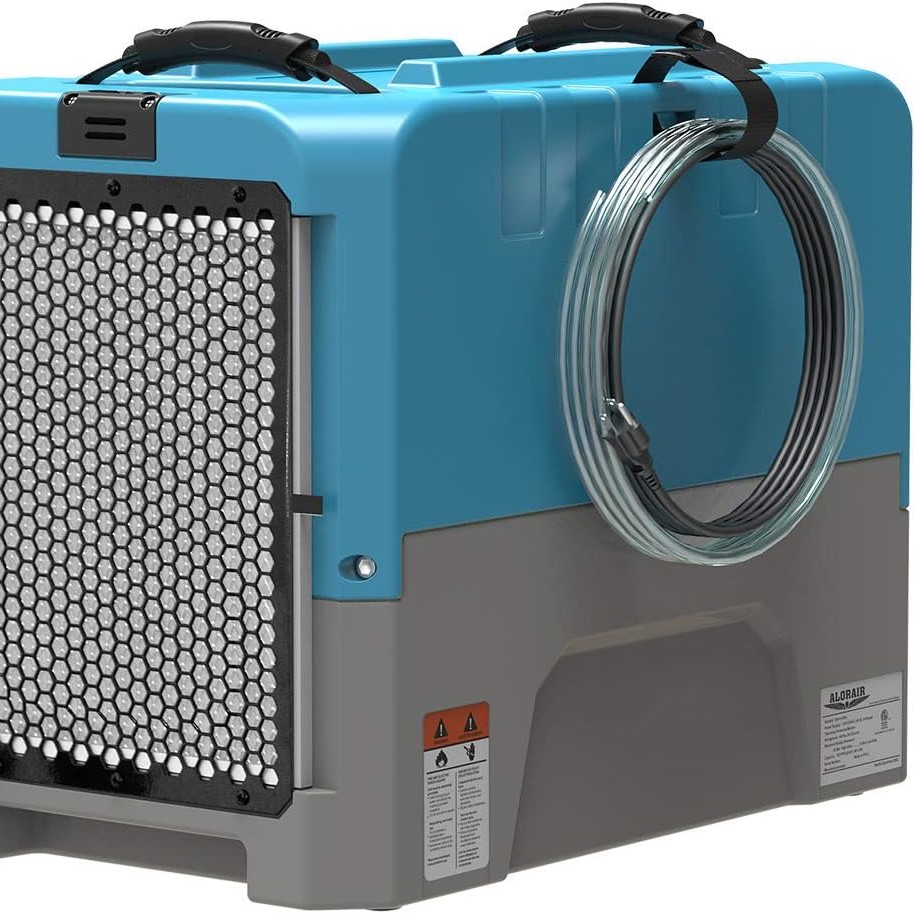 Top-Rated Dehumidifiers for Garage on the Market
Top-Rated Dehumidifiers for Garage on the Market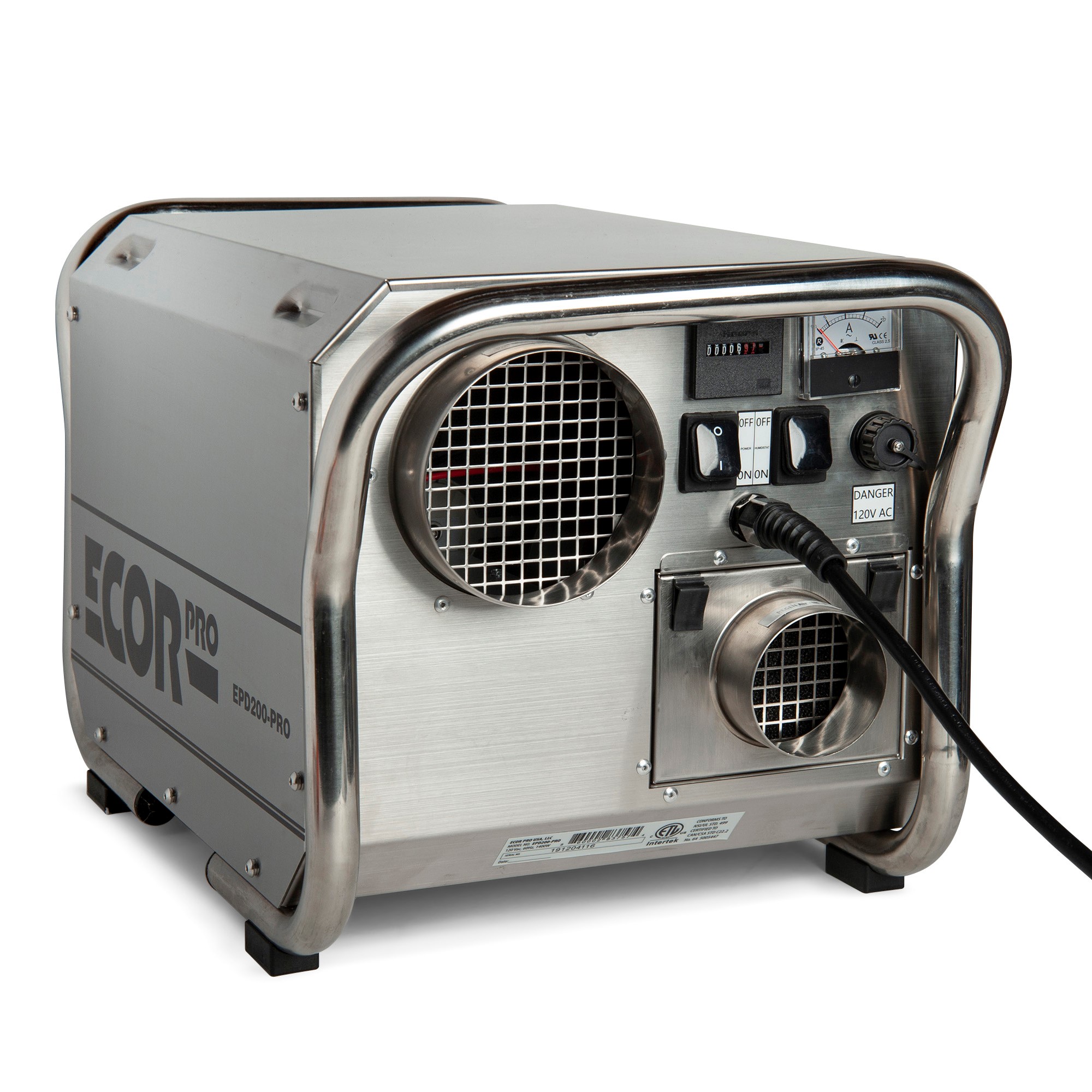 Common Mistakes to Avoid When Using a Dehumidifier for Garage
Common Mistakes to Avoid When Using a Dehumidifier for Garage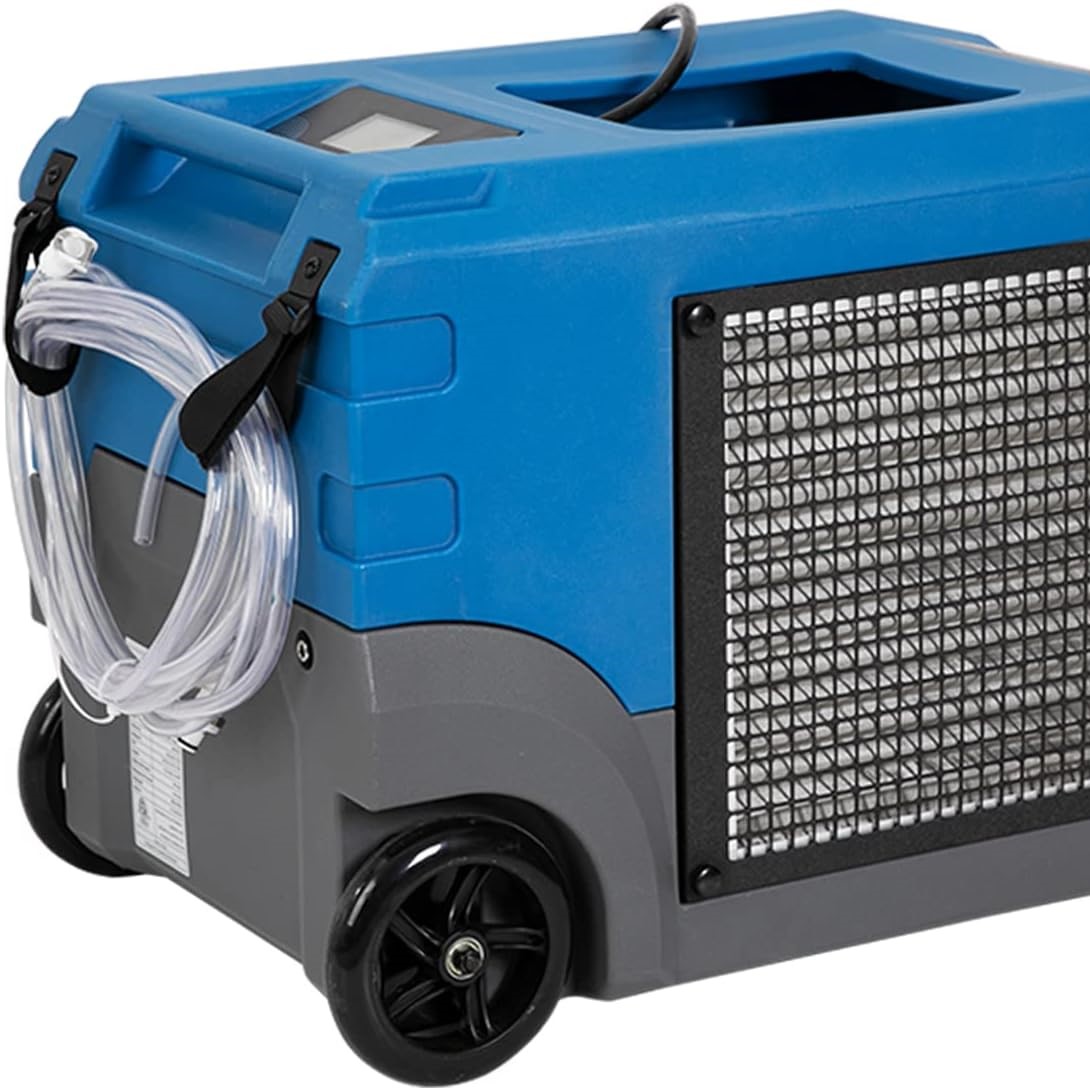 Installation and Setup Tips for Dehumidifiers for Garage
Installation and Setup Tips for Dehumidifiers for Garage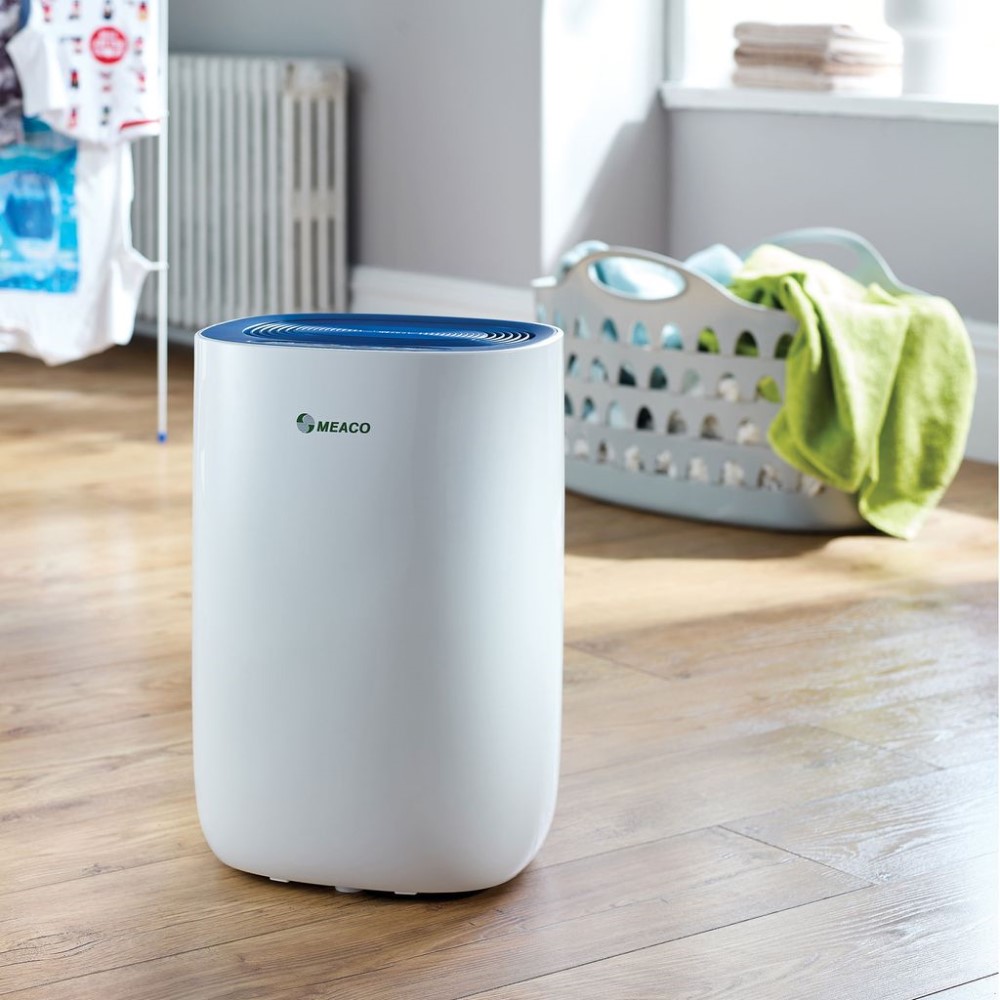
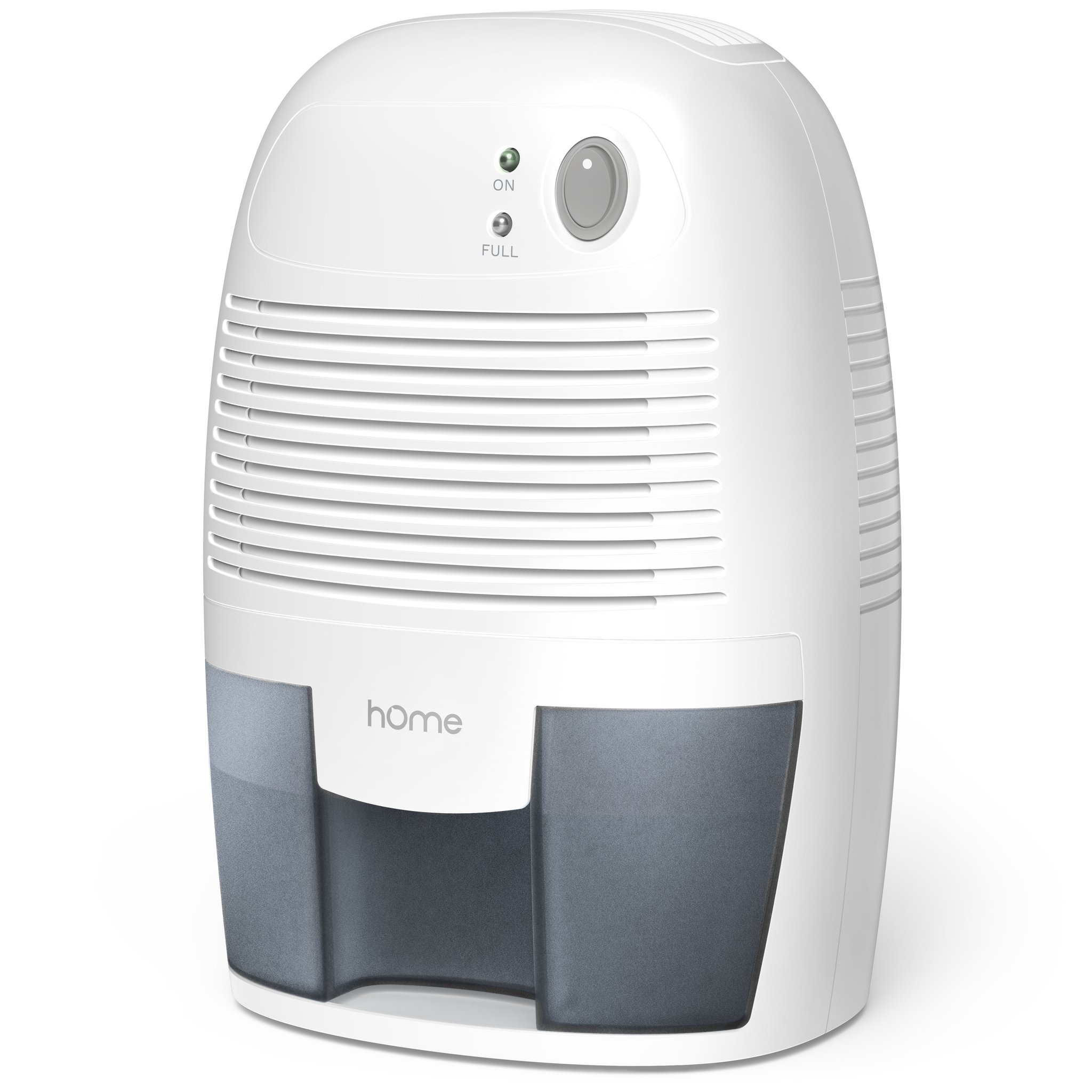 What Is a Dehumidifier and How Does It Operate?
What Is a Dehumidifier and How Does It Operate?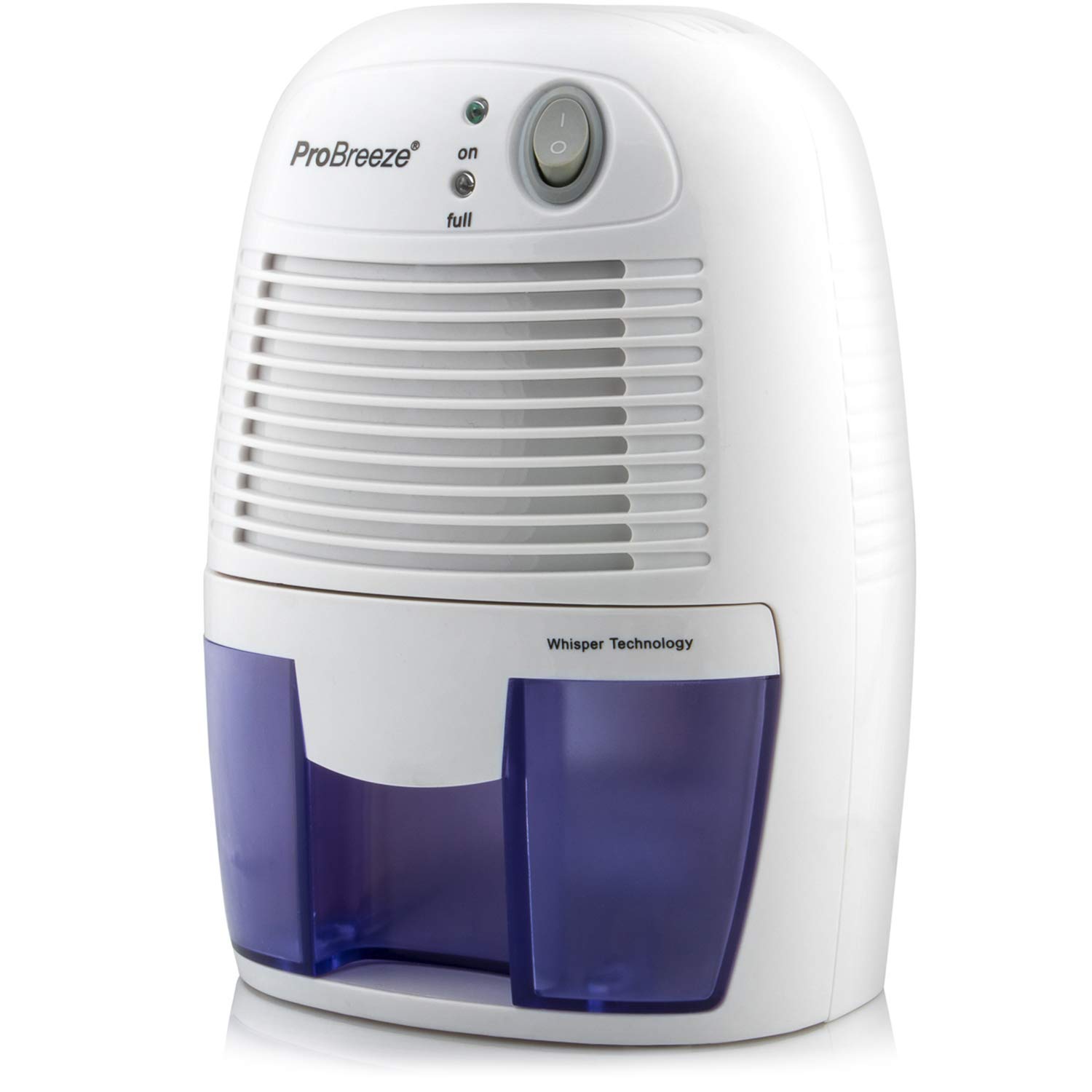 Selecting the Perfect Dehumidifier for Your Needs
Selecting the Perfect Dehumidifier for Your Needs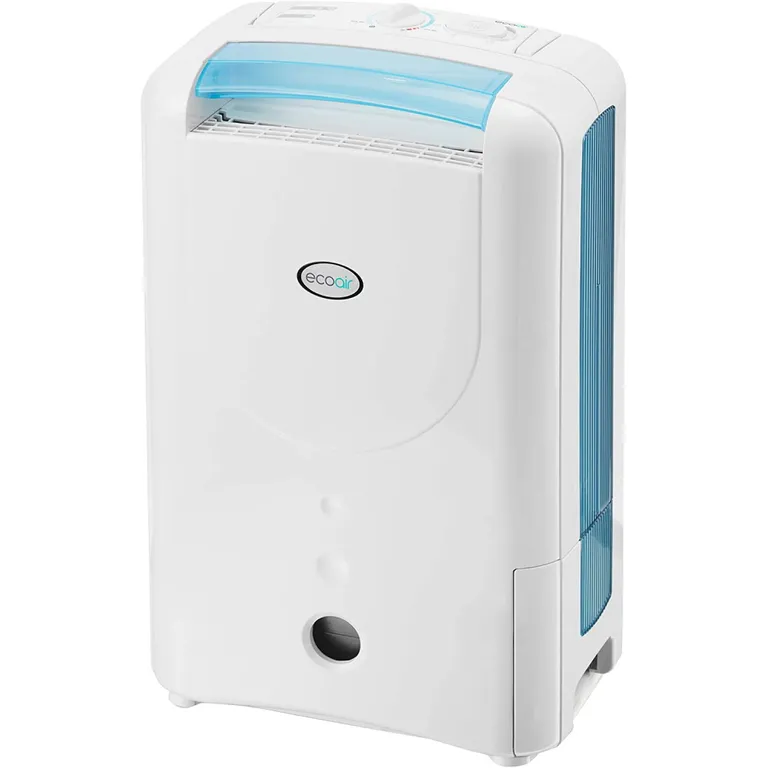 Versatile Applications of Dehumidifiers
Versatile Applications of Dehumidifiers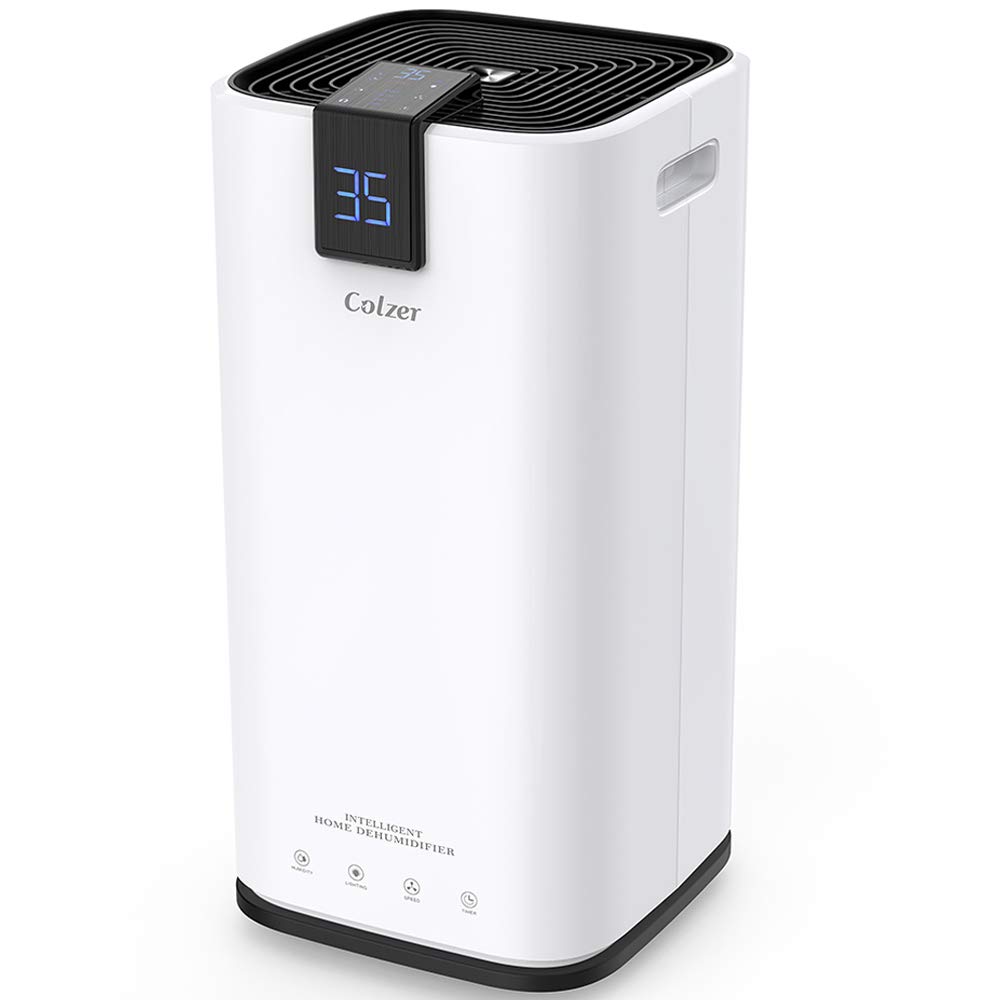 Maintenance and Care for Optimal Performance
Maintenance and Care for Optimal Performance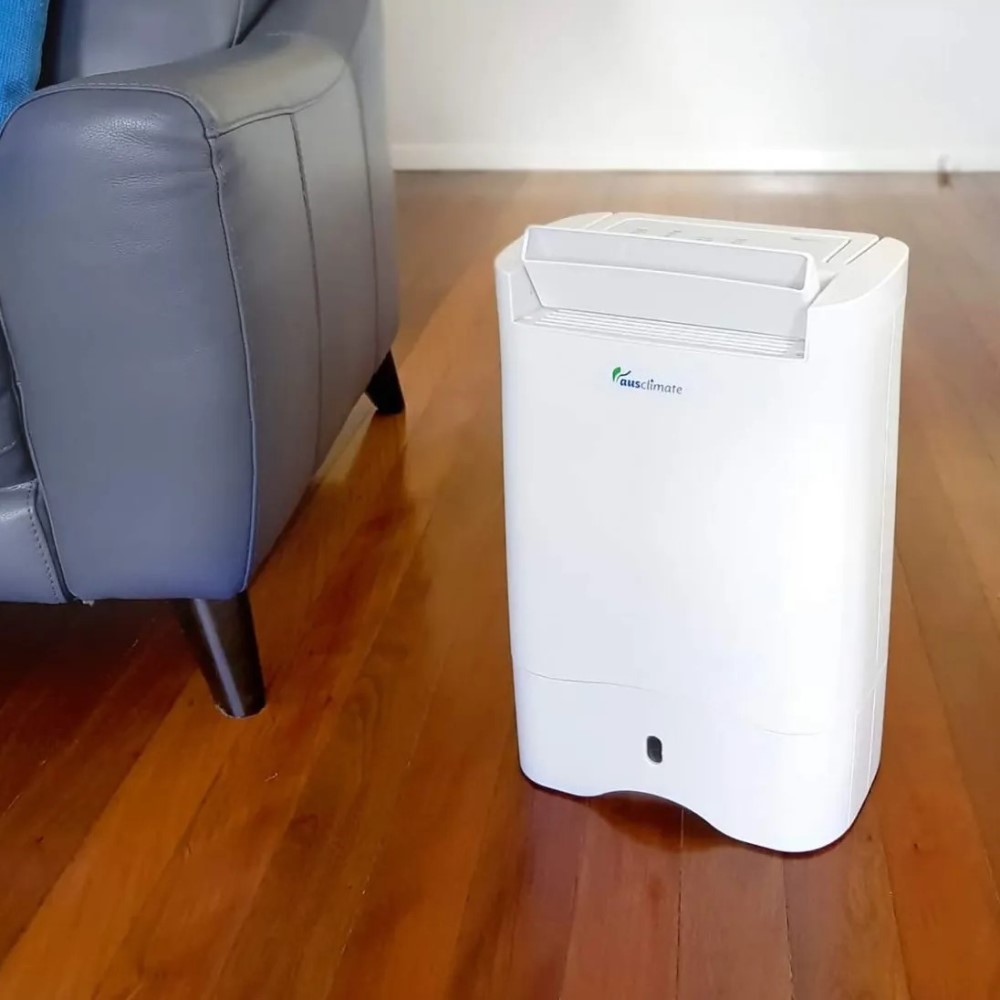
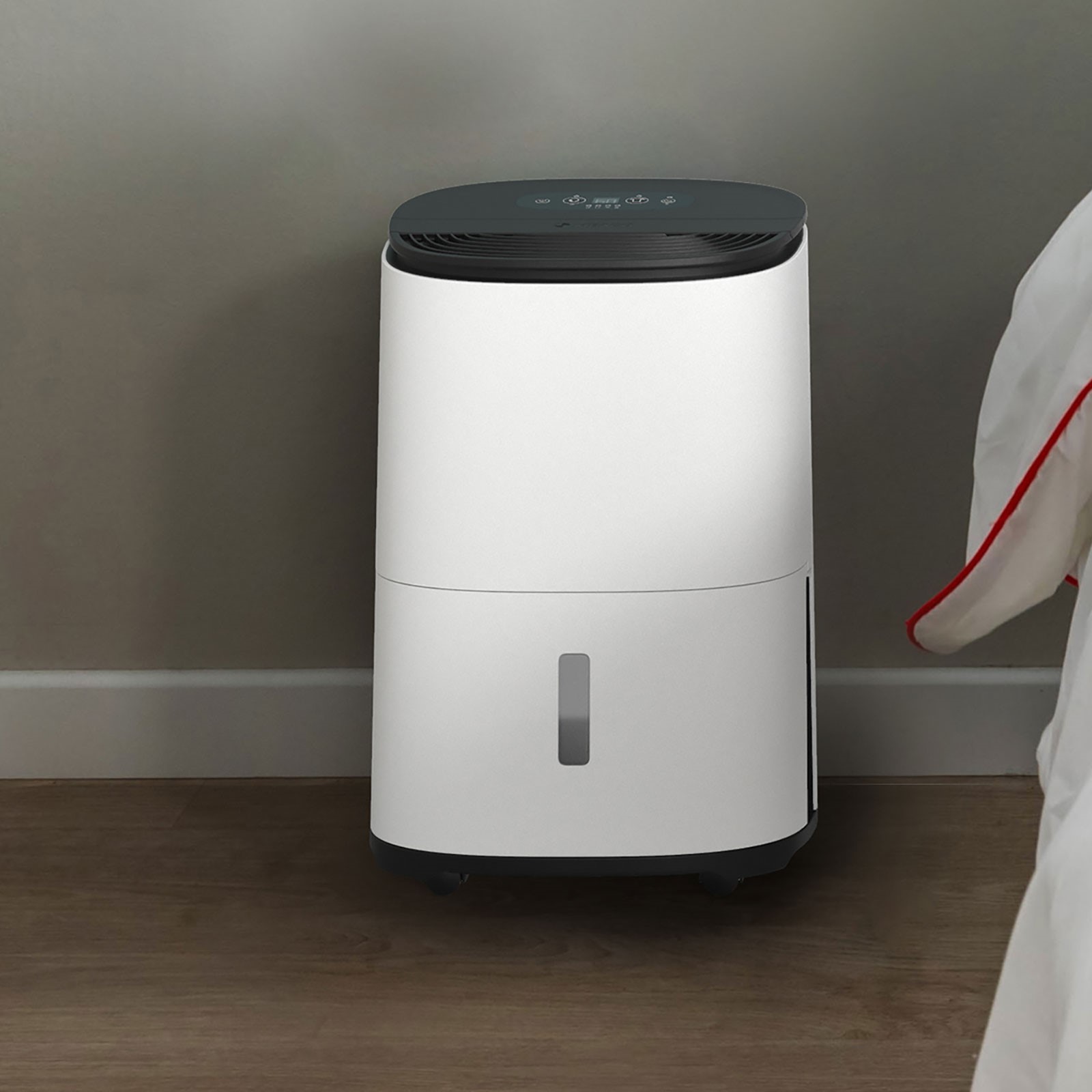 Understanding Dehumidifiers for Room
Understanding Dehumidifiers for Room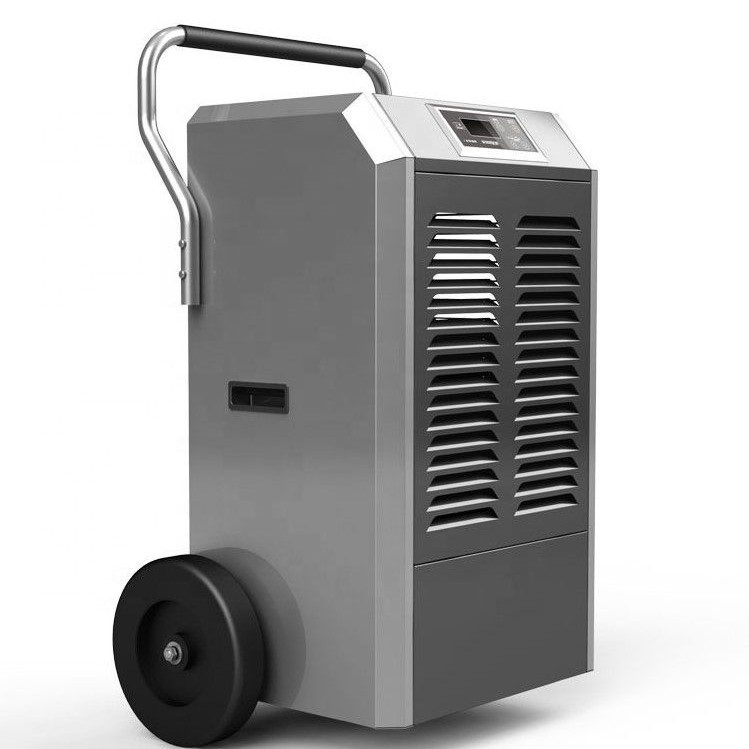 When to Use a Dehumidifier for Room
When to Use a Dehumidifier for Room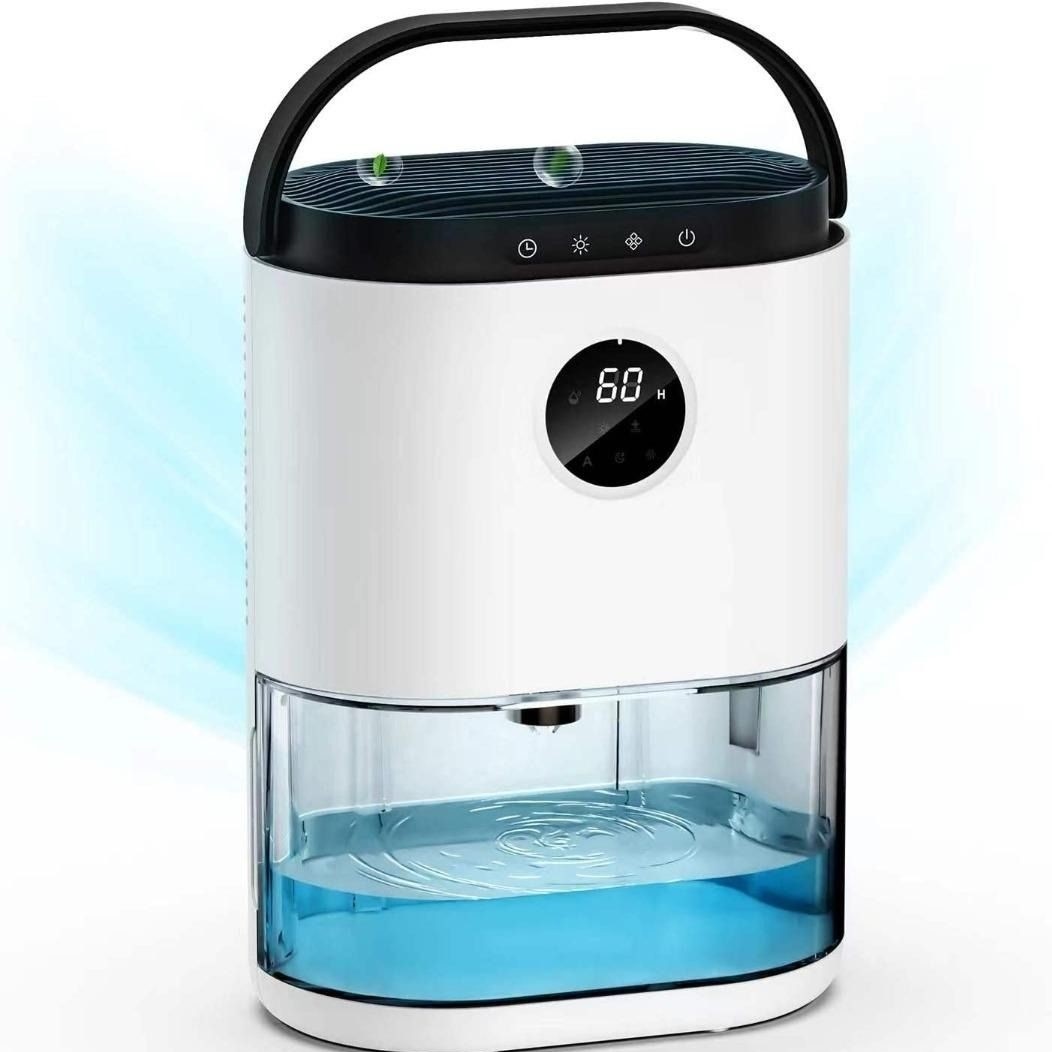 Maintenance Tips for Your Dehumidifiers for Room
Maintenance Tips for Your Dehumidifiers for Room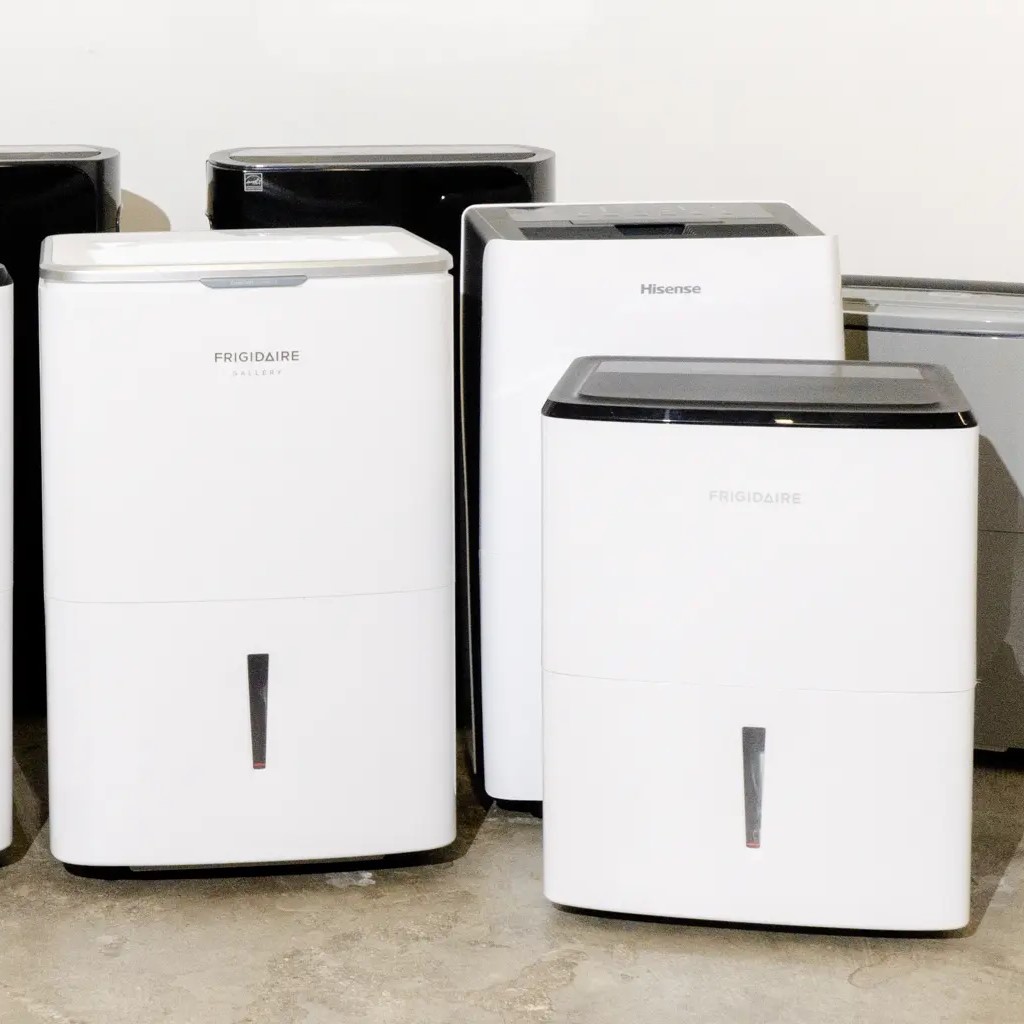 Health Benefits of Using a Dehumidifier for Room
Health Benefits of Using a Dehumidifier for Room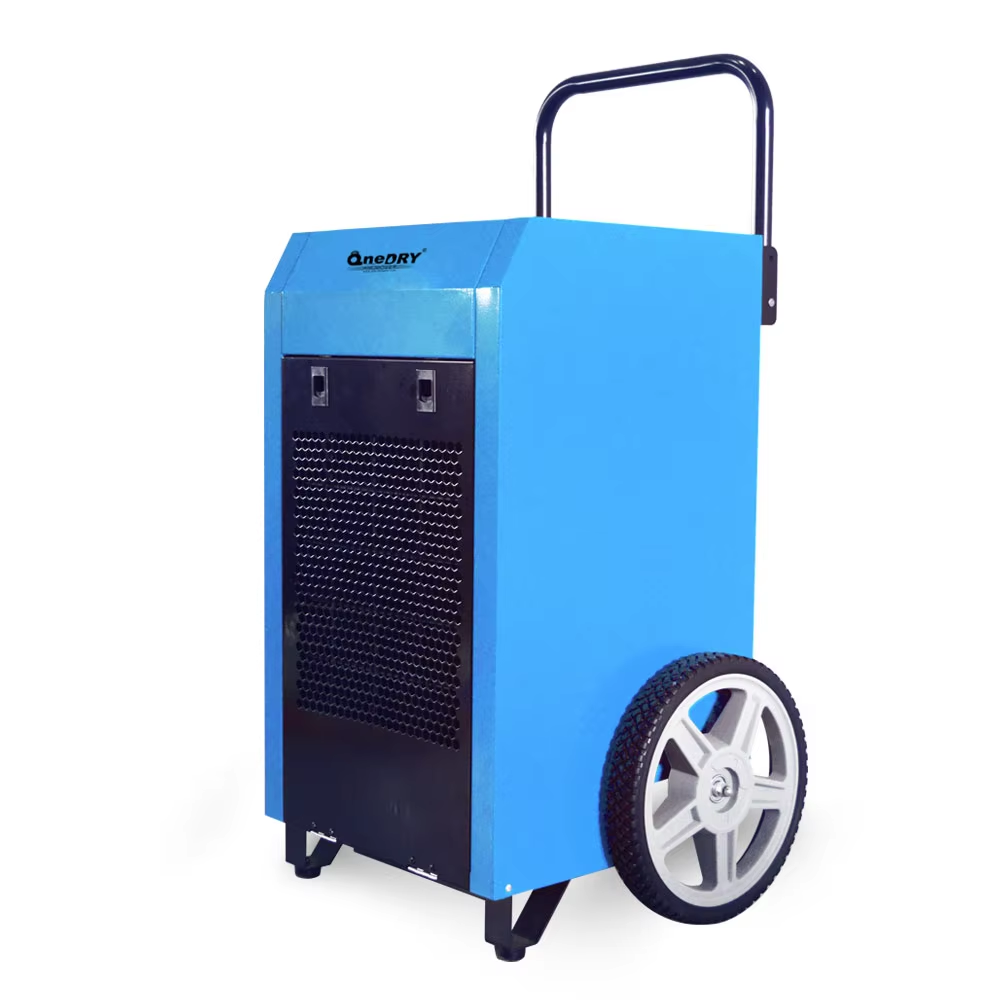
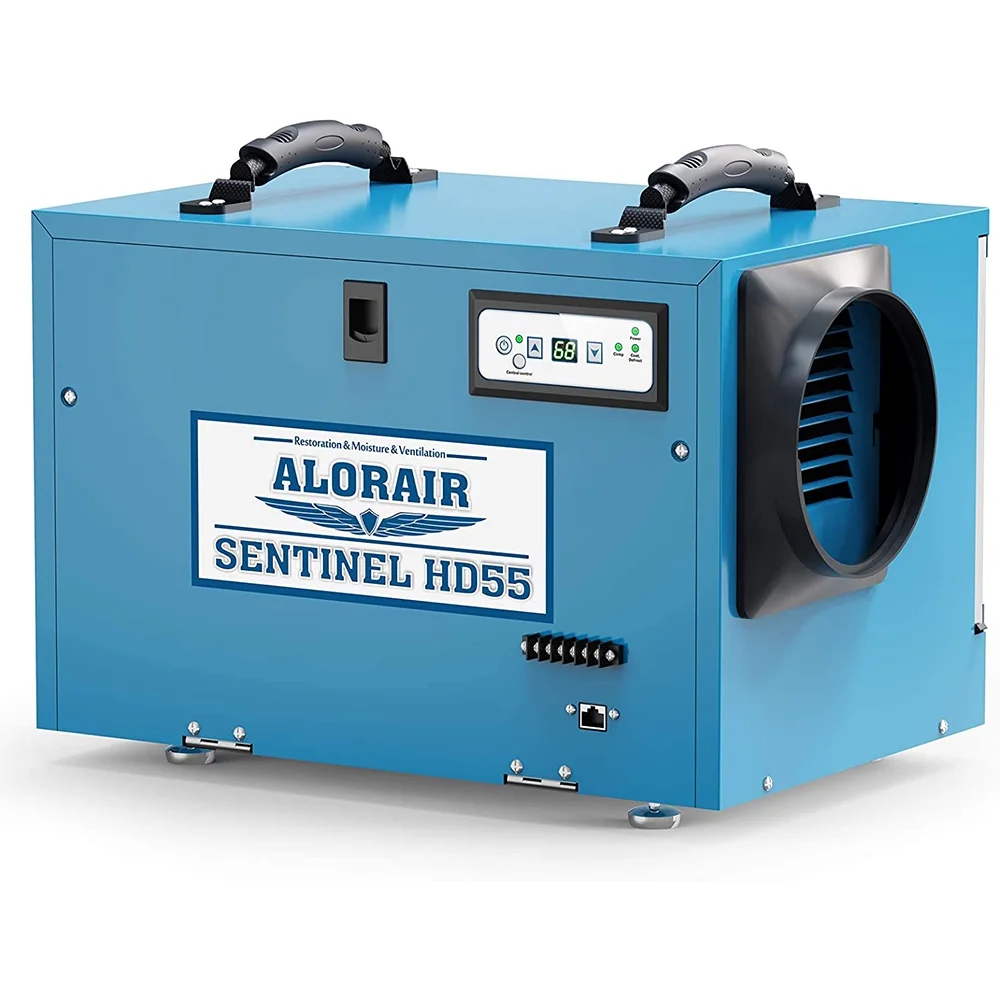 Design and Construction: Built for Heavy-Duty Use
Design and Construction: Built for Heavy-Duty Use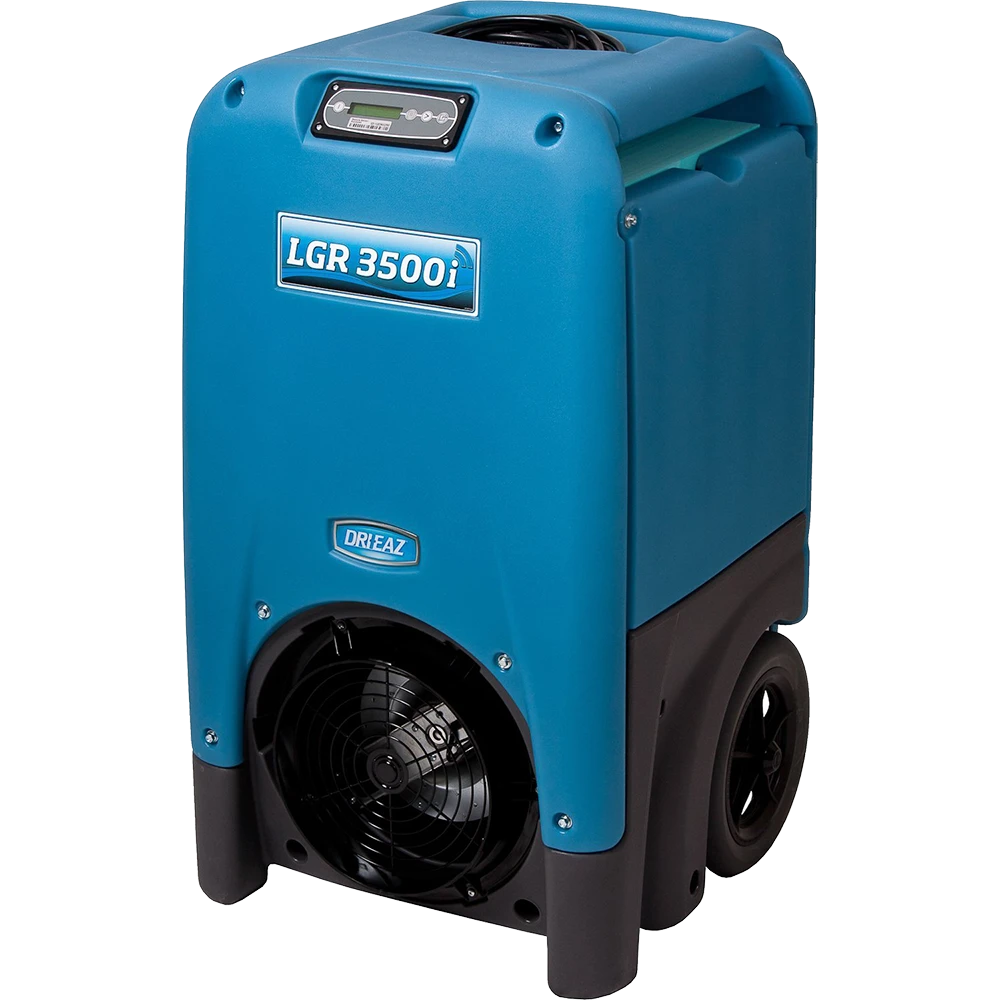 Energy Efficiency and Operational Costs: Balancing Power and Consumption
Energy Efficiency and Operational Costs: Balancing Power and Consumption Technological Innovations: Enhancing Efficiency and Functionality
Technological Innovations: Enhancing Efficiency and Functionality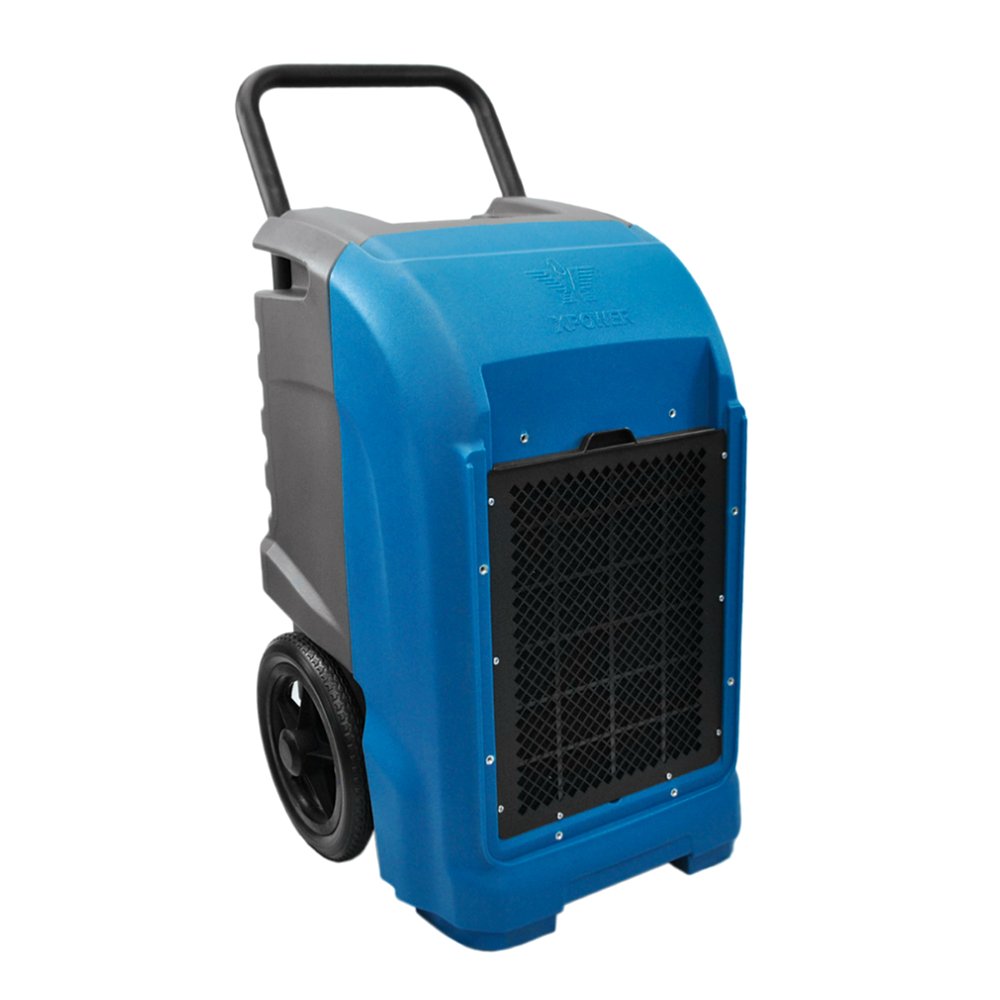 Maintenance Tips
Maintenance Tips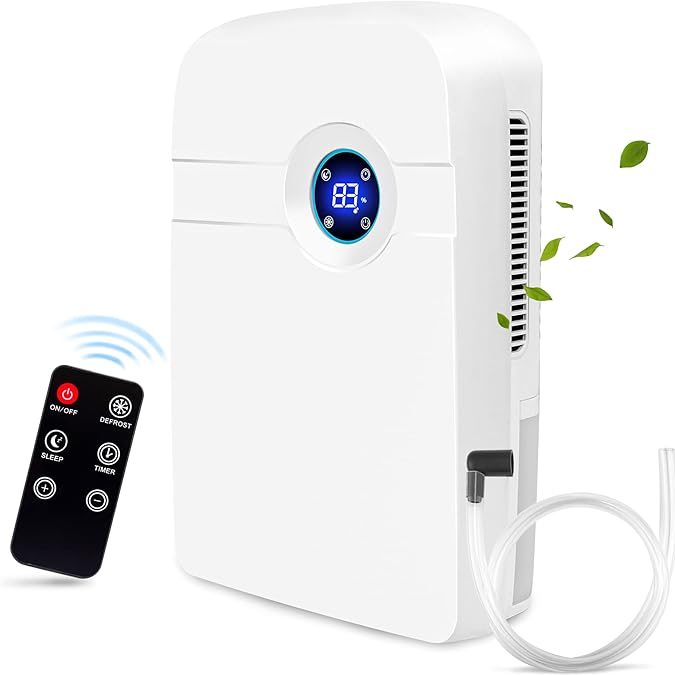
 The Role of a Dehumidifier for Home in Enhancing Indoor Air Quality
The Role of a Dehumidifier for Home in Enhancing Indoor Air Quality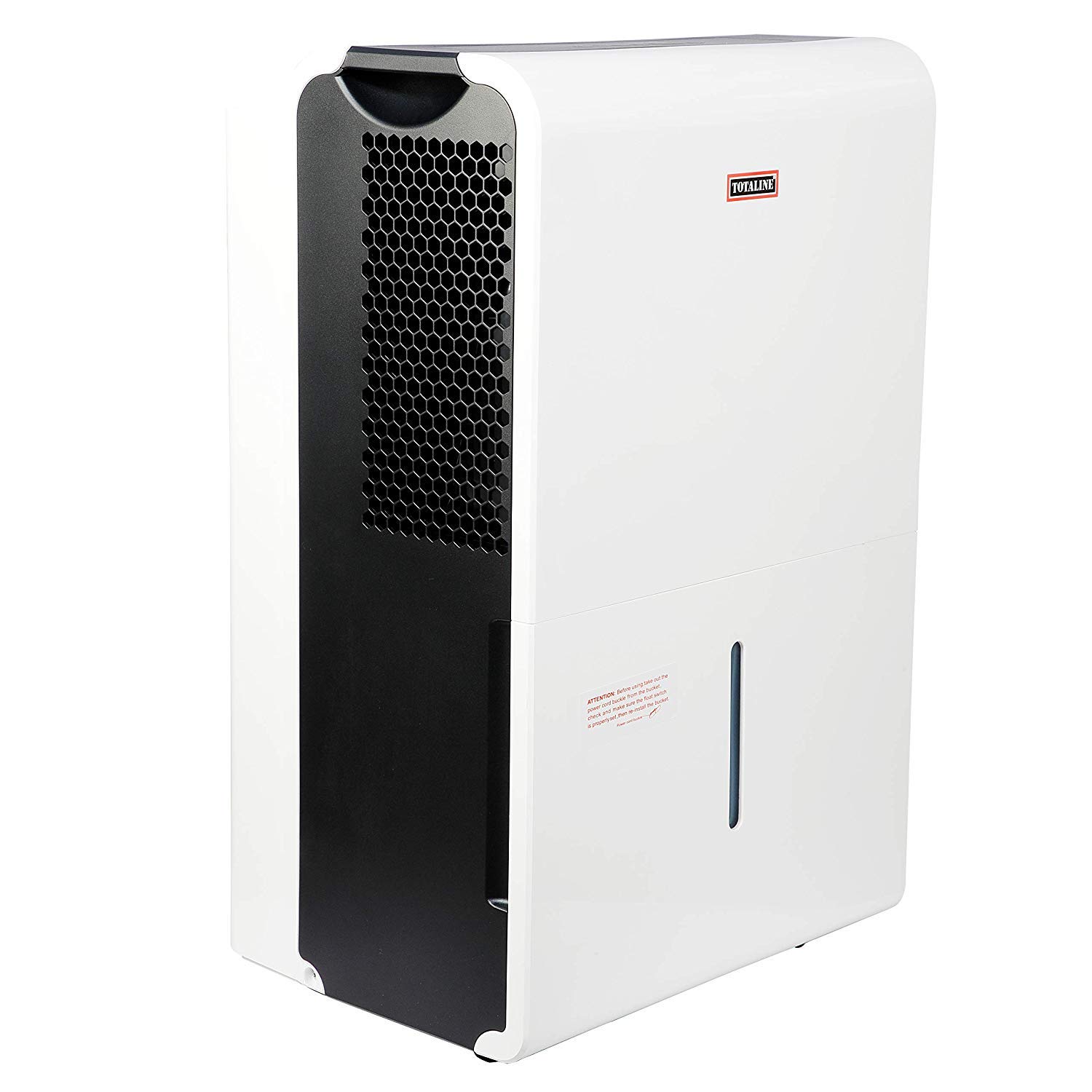 Practical Applications of a Dehumidifier for Home
Practical Applications of a Dehumidifier for Home Choosing the Right Dehumidifier for Home for Your Needs
Choosing the Right Dehumidifier for Home for Your Needs Enhancing Home Value with a Dehumidifier
Enhancing Home Value with a Dehumidifier